Few upgrades change the vibe of an underground room faster than a striking focal wall. Design pros note that a thoughtfully chosen basement accent wall pulls attention from low ceilings, balances the lack of windows and instantly declares the space “finished.” Whether you lean rustic, modern, playful or luxe, the 20 ideas below pair real-world practicality with creative flair so you can craft an accent that matches your basement’s purpose, skill level and budget.
1. Reclaimed Wood Basement Accent Wall Adds Instant Warmth
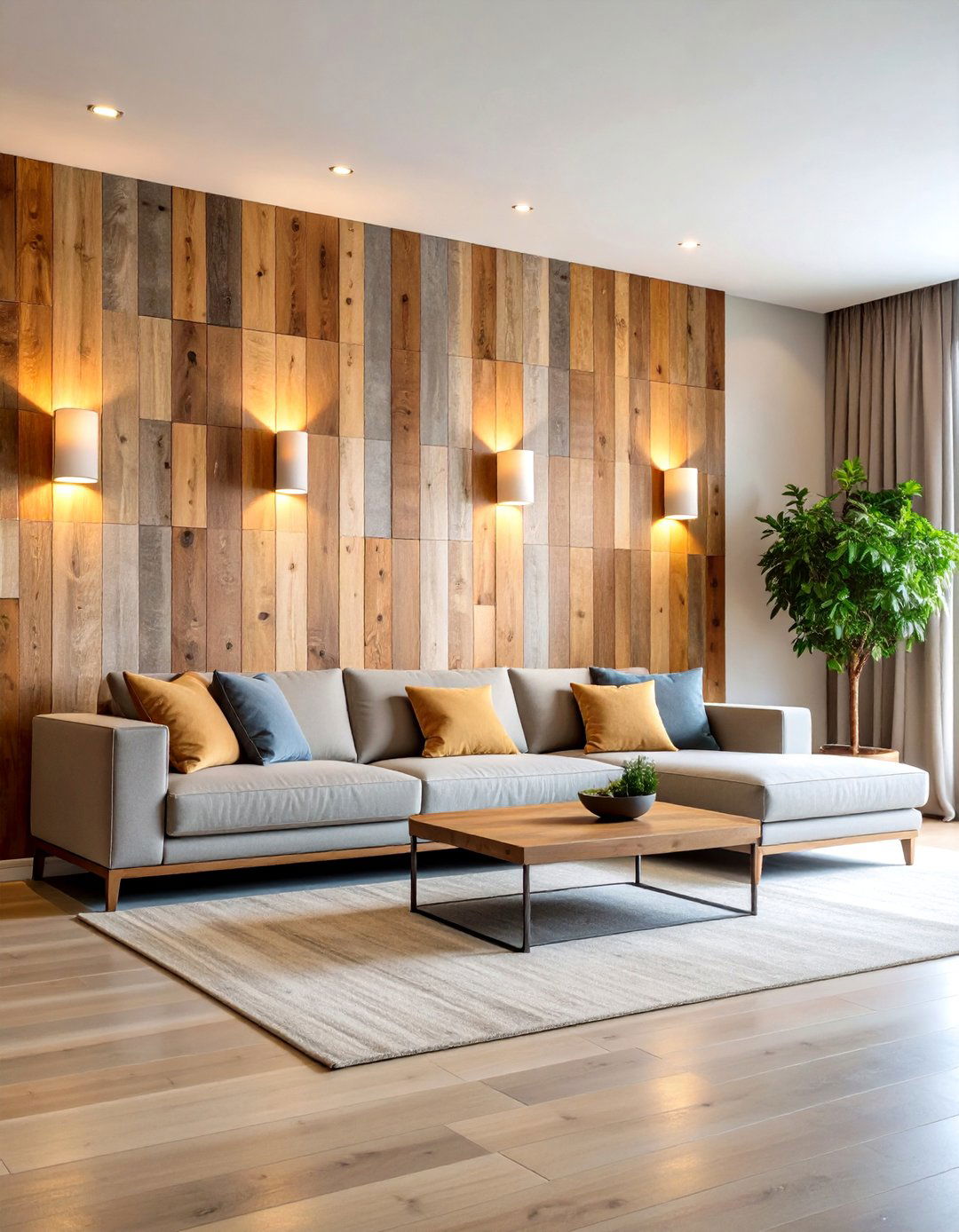
A reclaimed-wood basement accent wall wraps the room in cozy character without feeling heavy. Start by sourcing thin, kiln-dried planks; they’re lighter than barn boards and less likely to warp. Stagger board lengths, mixing grays, browns and honey tones so the wall feels collected over time. A matte water-based sealer keeps patina visible and protects against basement humidity. Because wood absorbs light, add low-glare sconces or a picture-light rail to highlight the texture and prevent the room from reading too dark. Finally, slip narrow foam insulation behind the furring strips to buffer chill and silence any hollow echo.
2. Painted Shiplap Basement Accent Wall for Fresh Coastal Charm
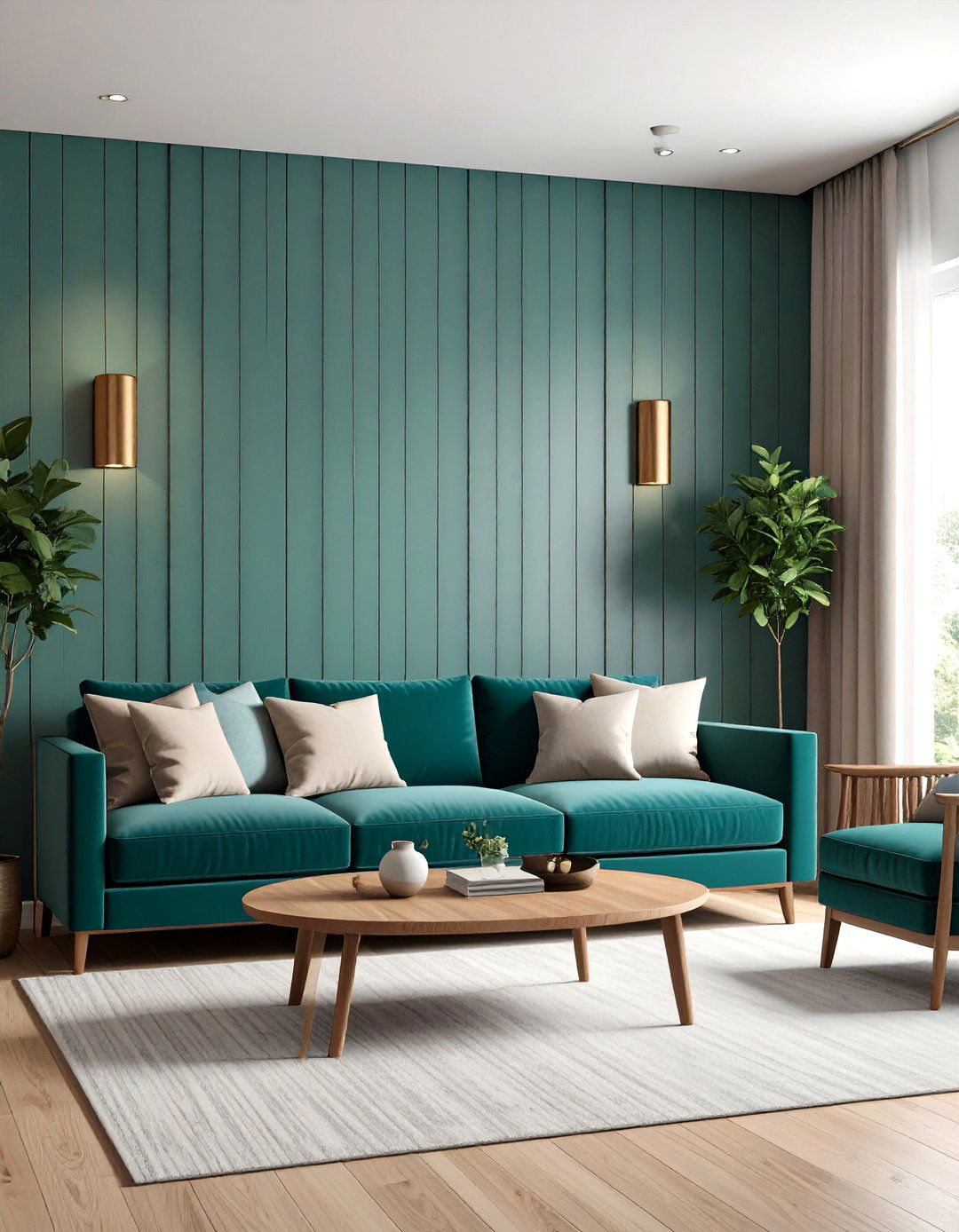
Unlike horizontal drywall seams, crisp shiplap lines draw the eye outward, making a low room appear broader. Brush the planks in a saturated but soothing hue—muted navy, moody eucalyptus or misty graphite—so the basement accent wall feels intentional, not “builder beige.” Interior color experts suggest choosing paints with cool undertones to counteract warm basement lighting and keep whites from looking dingy. Finish boards with a wipe-on polyurethane no-sheen coat; it resists scuffs from recreation-room traffic yet maintains a velvety texture. If you prefer removable panels, install pre-primed MDF shiplap and secure it with construction adhesive plus brad nails for future swap-outs.
3. Vertical Slat Basement Accent Wall Delivers Modern Texture
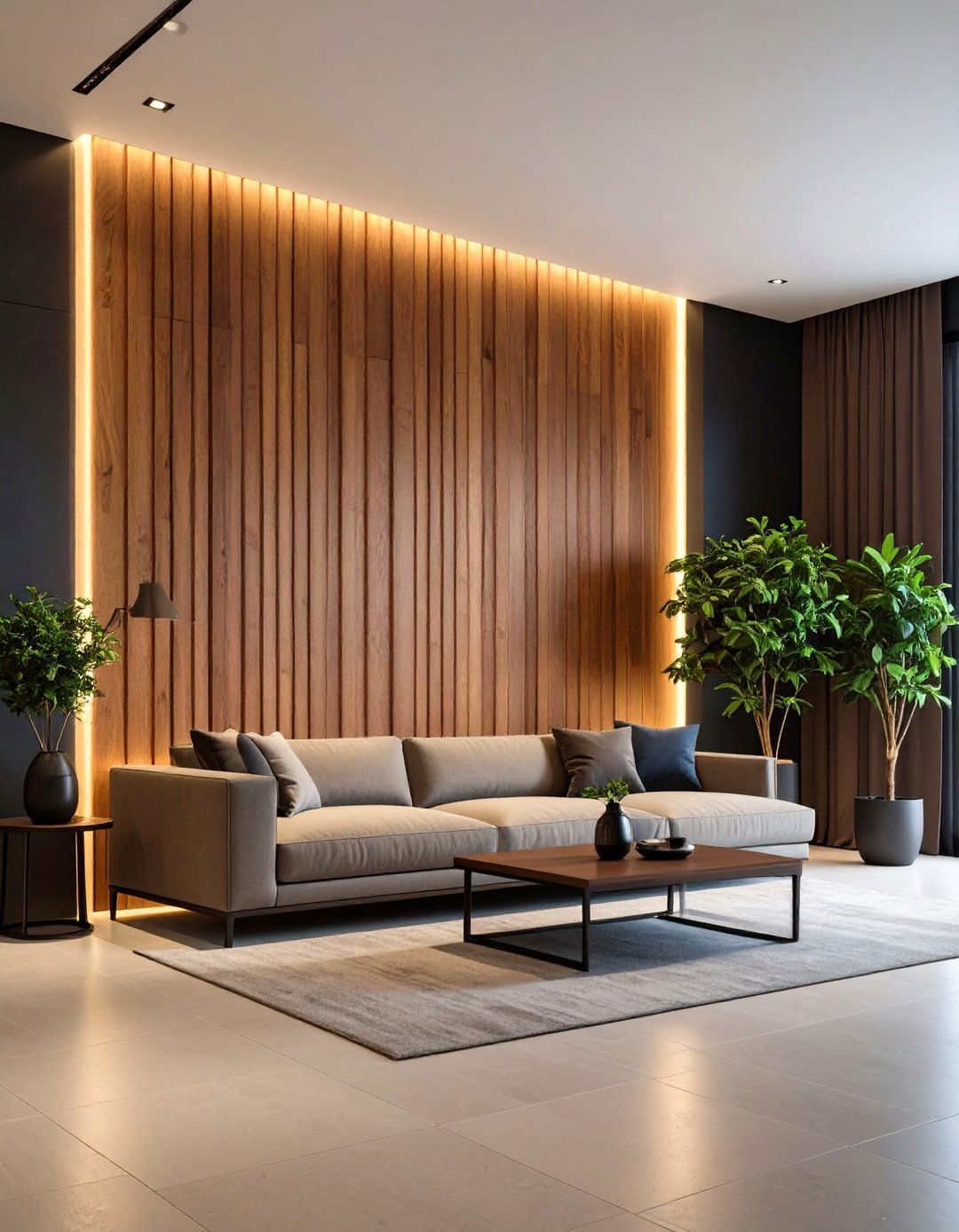
Take a, sleek approach by lining one wall with evenly spaced, wood slats running floor to ceiling. The rhythmic lines lead the gaze upward, visually stretching the basement height. DIY instructions recommend ripping plywood into 1-inch strips, sanding edges smooth, staining in walnut or ebony, then nailing through a painted black backer so the gaps disappear into shadow. To prevent mustiness behind the slats, leave a tiny air gap at top and bottom for circulation. Hidden LED strip lighting placed along the ceiling wash adds a dramatic glow at night without visible fixtures—ideal for game-day ambiance.
4. Faux Stone-Veneer Basement Accent Wall Creates Lodge Appeal
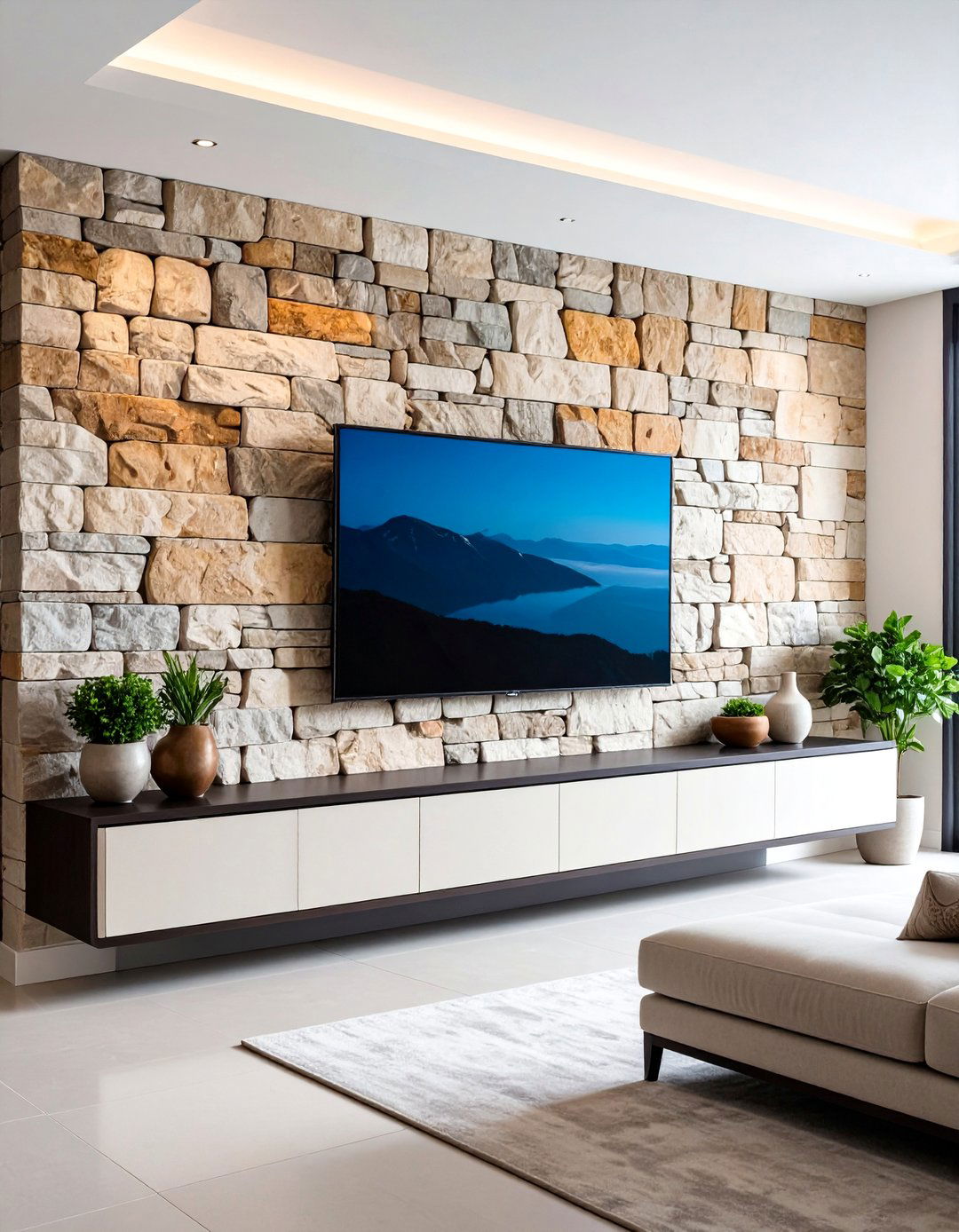
For a media wall that feels carved from a ski-lodge retreat, adhere lightweight stacked-stone veneer panels over cement board. Modern foam-core panels click together and weigh a fraction of real rock, so they’re basement-friendly and won’t overload floor joists. Dark grout hides projector overspray, while dimensional stones absorb sound reflections, improving movie acoustics. Apply thinset with a notched trowel, then use a stiff brush to knock off excess mortar before it cures. The resulting basement accent wall frames a mounted TV like a rugged mantel, grounding even the smallest screen in big-impact style.
5. Board-and-Batten Basement Accent Wall Adds Architectural Interest
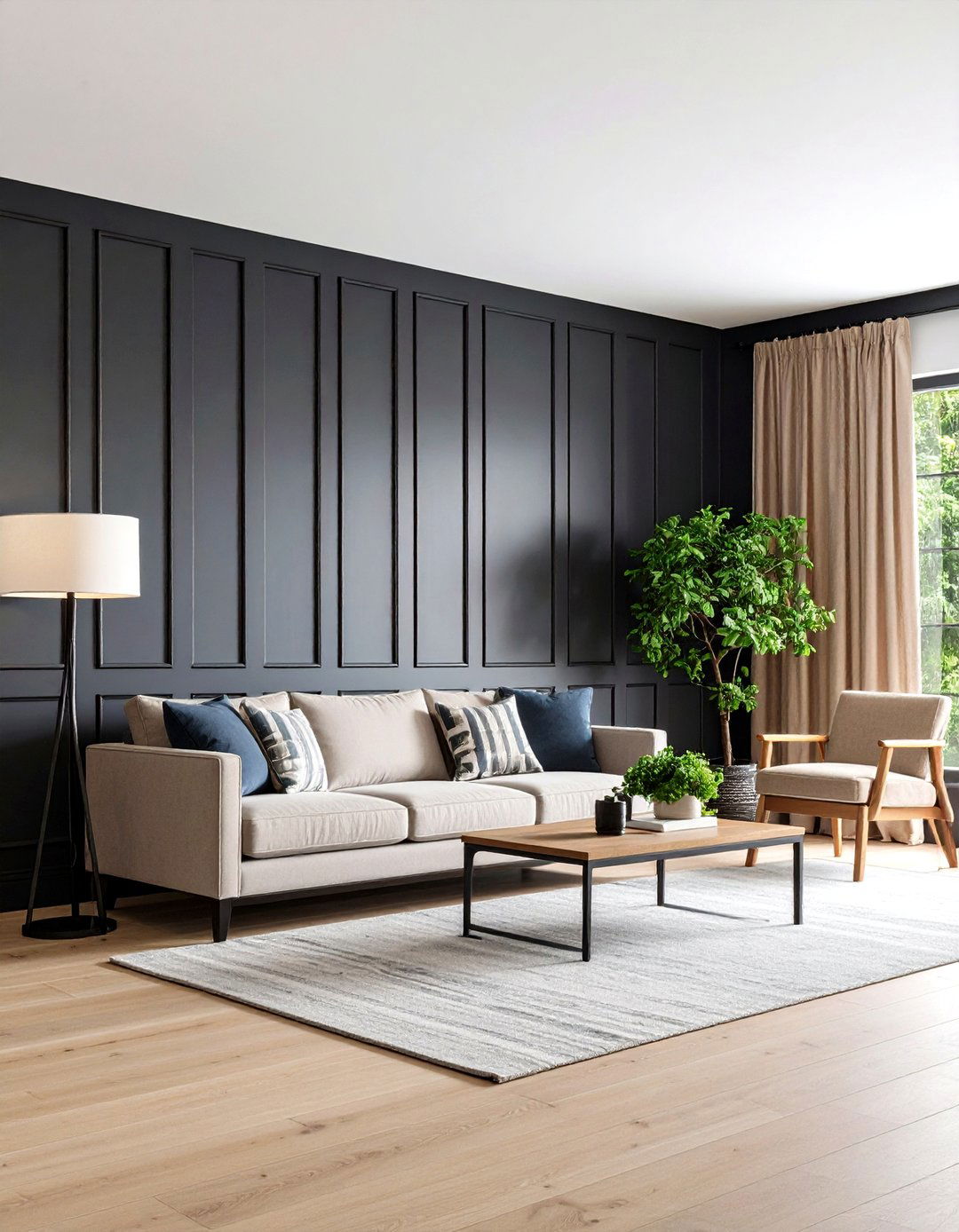
With, simple 1×3 lumber and a laser level, you can grid out a board-and-batten design that mimics upscale millwork for pennies. Start by marking vertical battens every 16 inches on the longest wall, then add horizontal rails to create equal-sized rectangles. Caulk seams, prime, and spray everything in an eggshell enamel for a seamless, built-in look. Deeper hues such as charcoal or forest green read sophisticated under soft basement lighting, while light grays keep a craft space bright. The pattern introduces depth without stealing floor footage—perfect when your basement accent wall doubles as a Zoom backdrop.
6. Peel-and-Stick Wallpaper Basement Accent Wall for Renter-Friendly Drama
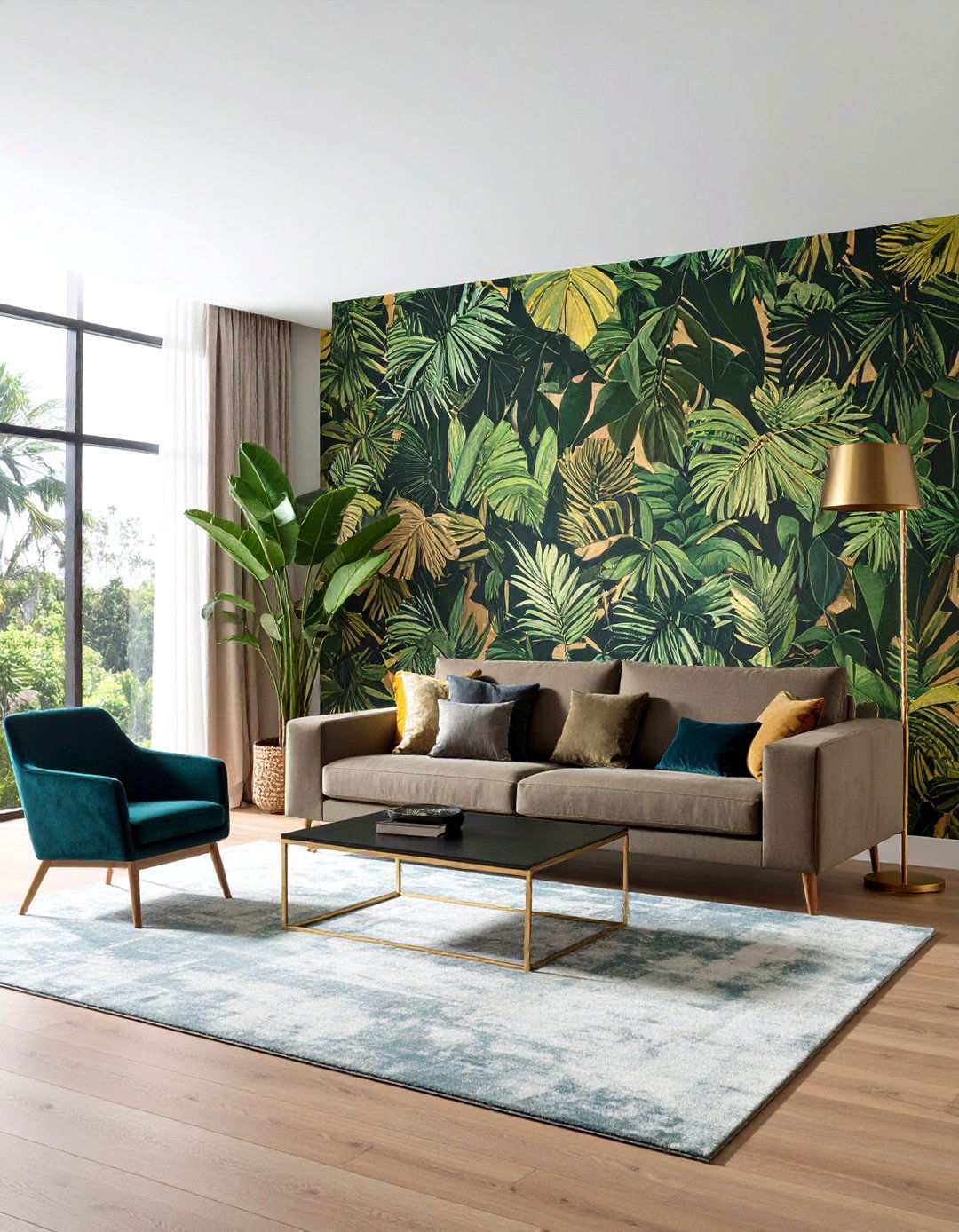
Consider renter needs with a peel-and-stick wallpaper that peels off cleanly when leases change hands. Choose grass-cloth textures, oversized botanicals or metallic geometrics to deliver visual punch where natural light is limited. Installation tips include wiping walls with isopropyl alcohol, using a plastic squeegee to chase bubbles and trimming edges with a sharp snap-off blade. Should humidity rise, a quick pass with a hair dryer reactivates the adhesive for re-sealing. When styles shift, roll the film off and replace it within an afternoon, keeping your basement accent wall fashion-forward without permanent commitment.
7. Geometric-Painted Basement Accent Wall Shows Bold Personality
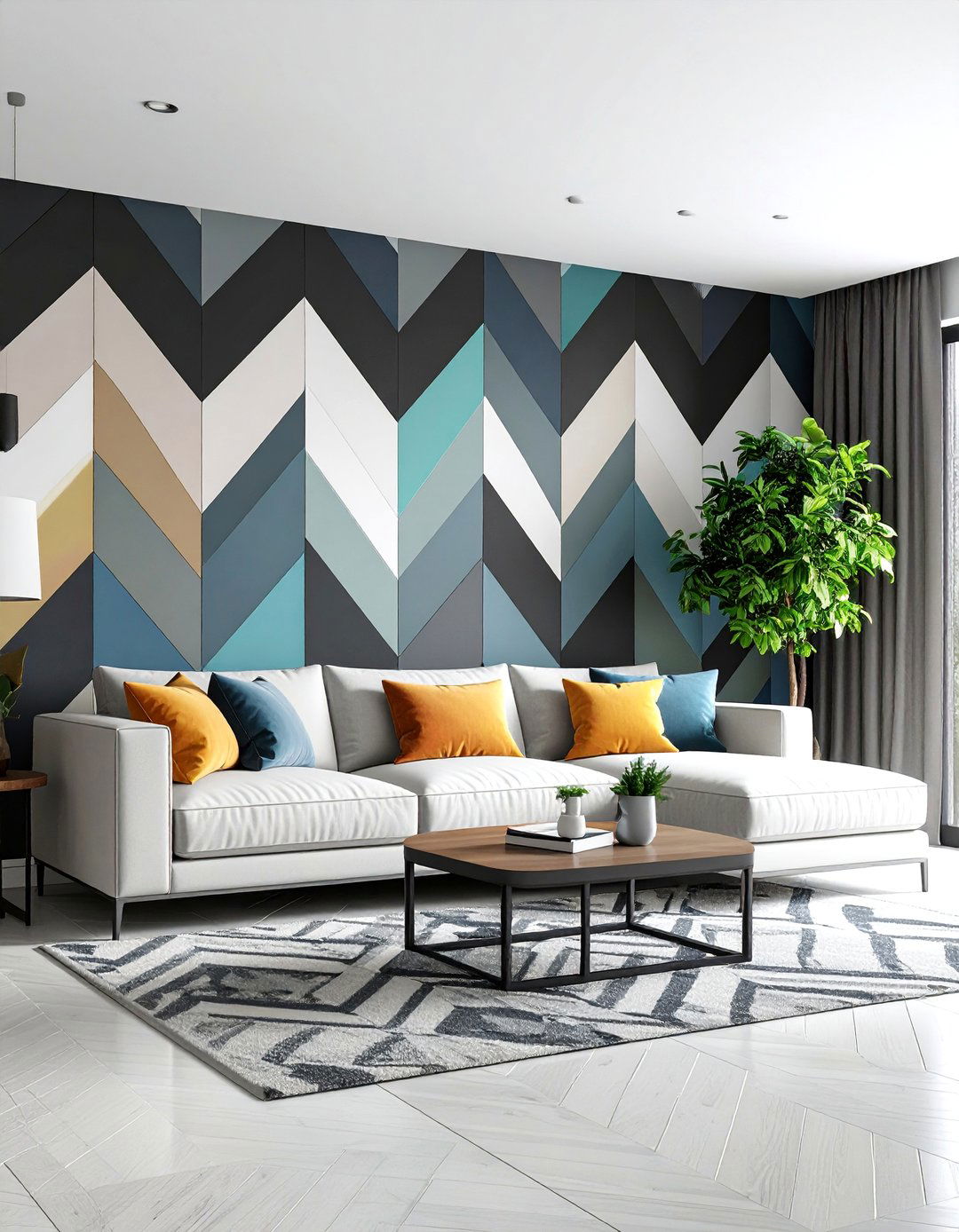
Certainly, paint remains the most budget-savvy way to turn a plain slab into art. Tape off triangles, chevrons or abstract color blocks with delicate-surface painter’s tape, pressing edges firmly to prevent bleeding. Color-consulting pros note that darker tones sink visually, so place them low to anchor the room, while lighter shades above lift ceilings. Add an extra clear coat of matte polyurethane in play areas for wipe-ability. The crisp geometry creates a dynamic basement accent wall that energizes home gyms, homework corners or teen hangouts without added materials cost.
8. Chalkboard-Paint Basement Accent Wall Sparks Creativity
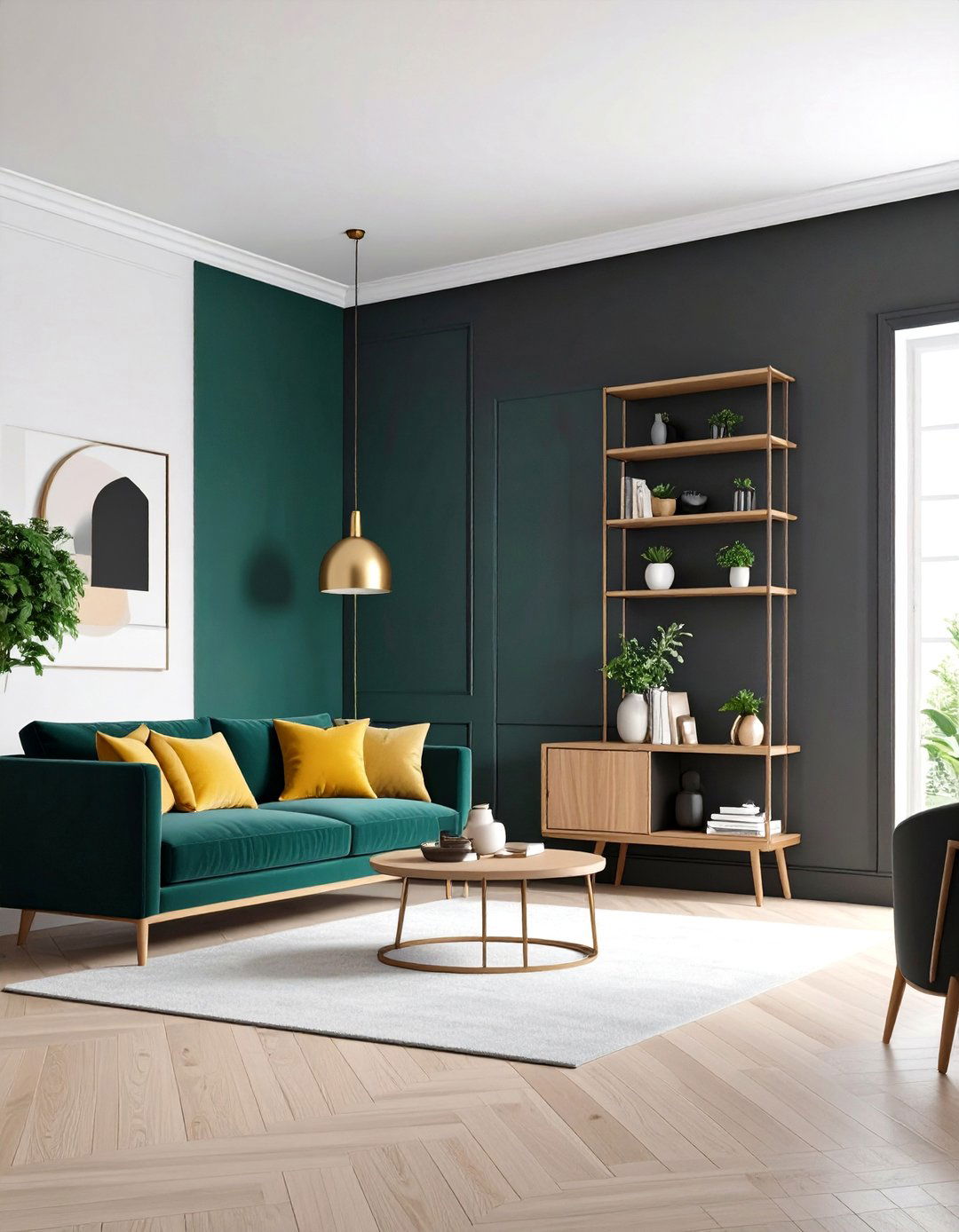
Looking for interactive fun? Roll on magnetic primer followed by chalkboard topcoat to craft a write-and-wipe command center. Families can score game nights, sketch art or jot reminders directly on the surface. Keep chalk dust down by choosing low-dust sticks and installing a slim picture-rail chalk tray at chair-rail height. Because basement air runs cool, allow extra cure time—at least 72 hours—before first use to avoid scratches. The dual-purpose basement accent wall evolves with kids’ interests and doubles as a brainstorming hub for adult projects.
9. Acoustic-Panel Basement Accent Wall Enhances Sound Quality
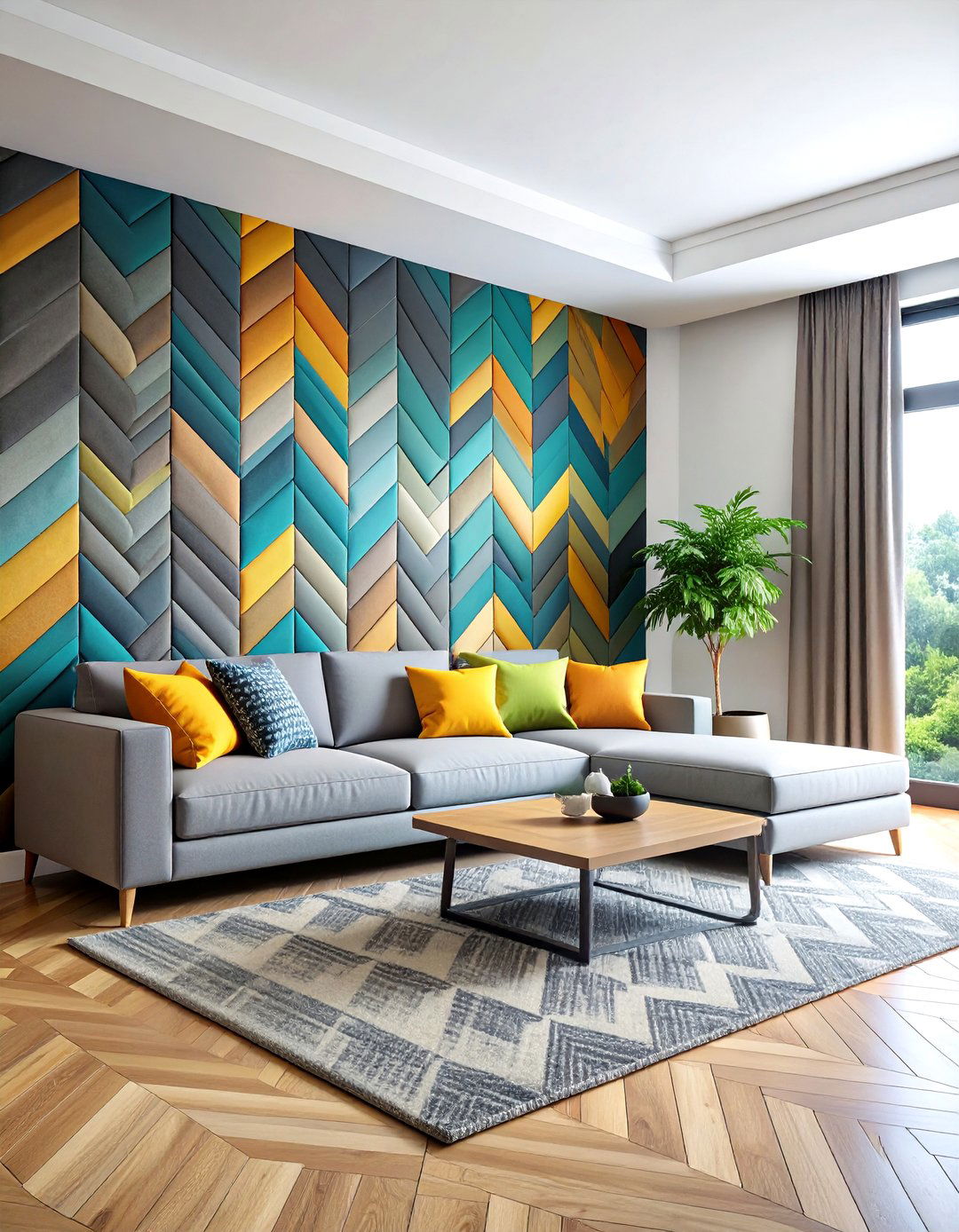
For musicians or movie buffs, fabric-wrapped acoustic panels absorb echo and tame bass without compromising style. Choose beveled-edge 1-inch foam tiles in charcoal, burgundy or custom prints, and arrange them in a checkerboard or herringbone pattern across the focus wall. Mount using spray adhesive plus adhesive tabs so panels stay snug against drywall. Design gurus advise combining absorber panels with two diffusion panels on side walls to keep music lively. The finished basement accent wall looks techy-chic and delivers studio-grade clarity for jam sessions or surround-sound marathons.
10. Living-Green Basement Accent Wall Brings the Outdoors Downstairs
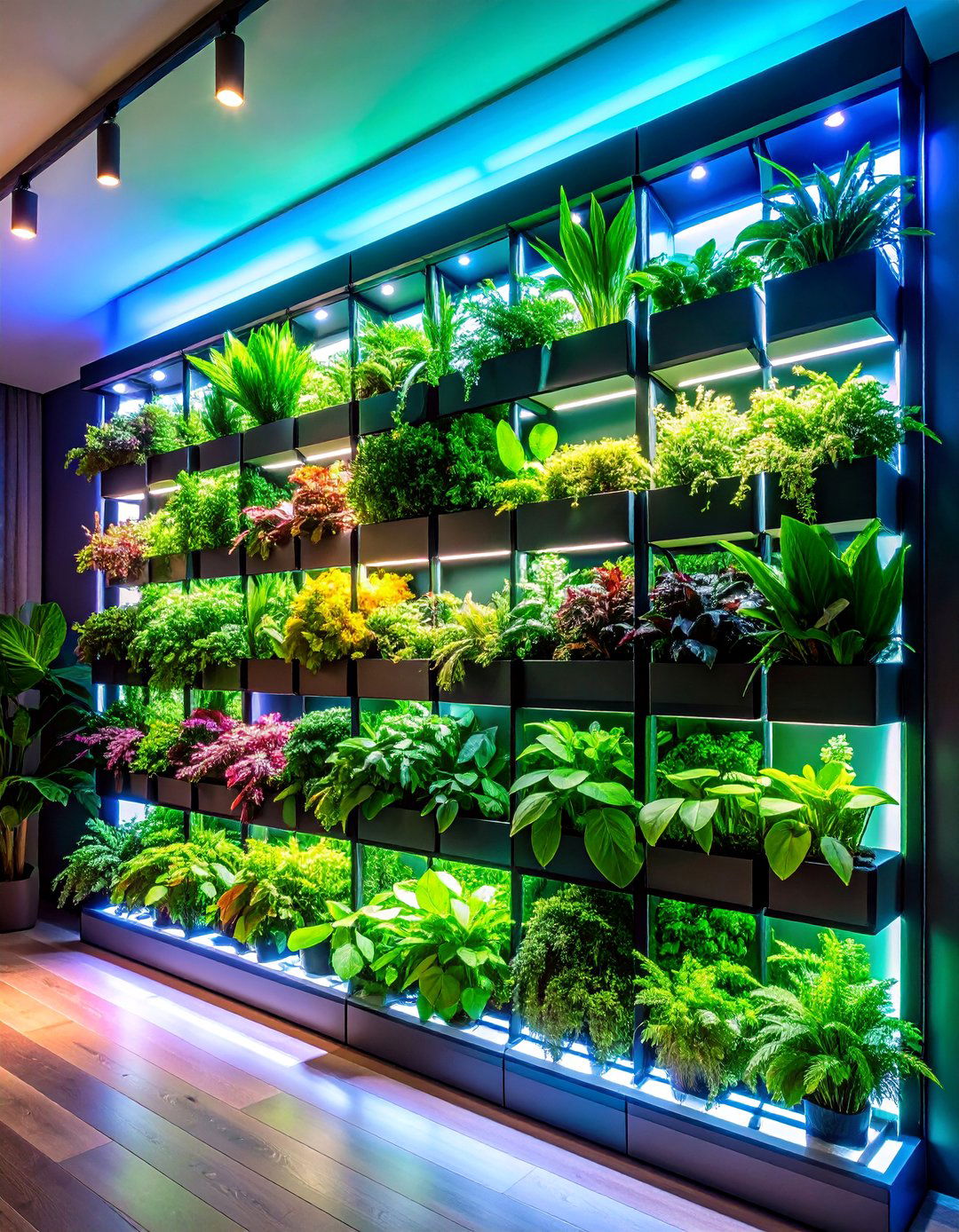
Despite underground limits, a self-watering modular planter system can host hardy pothos, ferns and Philodendron ‘Brazil’ under full-spectrum grow lights. A plastic moisture barrier protects sheetrock, while felt pockets or tray planters slot into a metal grid for easy swap-outs. Plant-wall specialists recommend using lightweight soil-free mix and a drip-free reservoir to avoid dampening carpeting. The resulting living basement accent wall purifies air, raises humidity to comfortable levels and infuses the space with biophilic calm—especially welcome in home offices.
11. LED-Backlit Panel Basement Accent Wall Sets Theater Mood
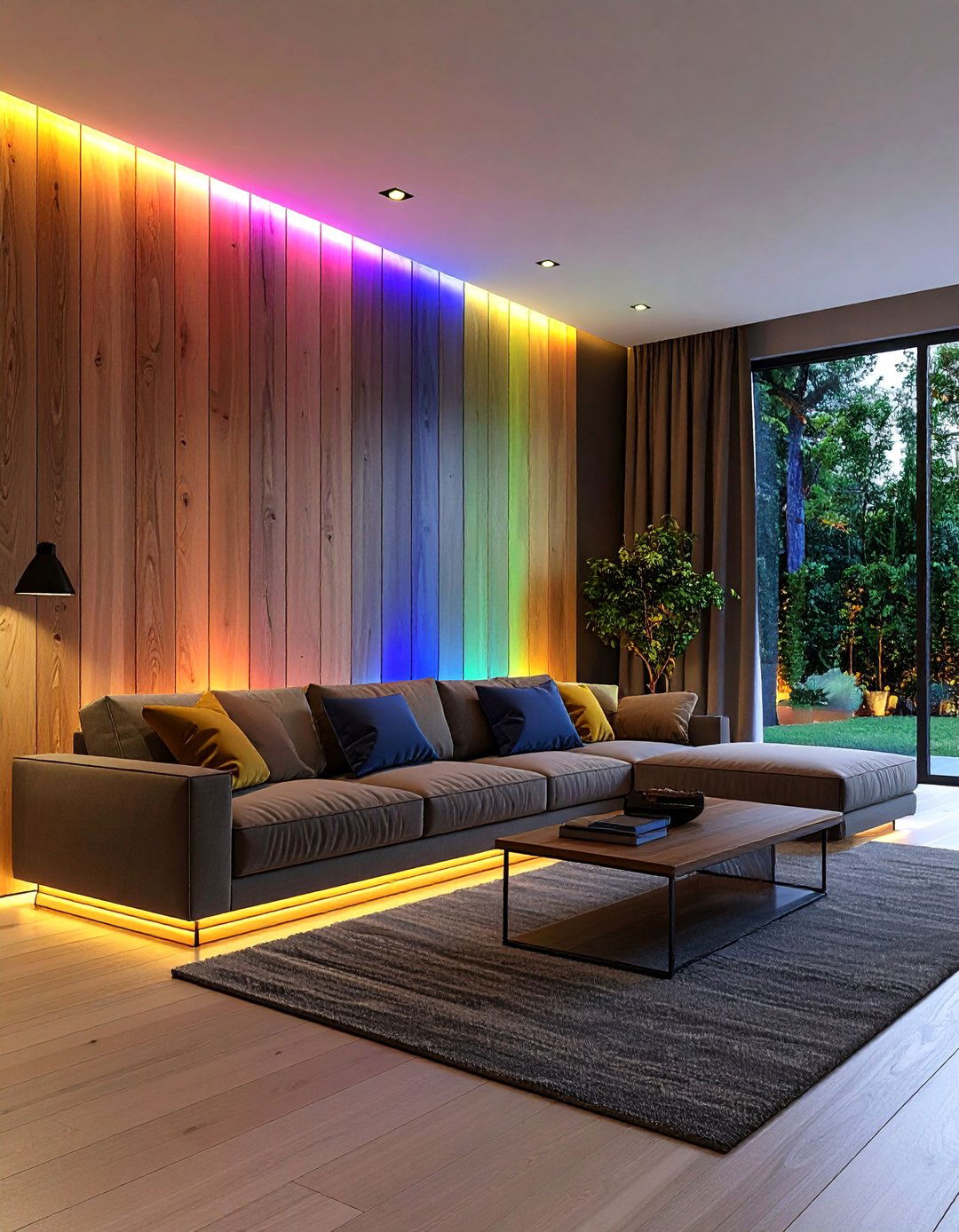
To mimic cinema flair, mount plywood panels 1 inch off the wall on cleats, then run addressable LED strips along the perimeter behind them. Program lights to fade from deep amber to midnight blue during film previews, or cycle team colors on sports nights. For safety, hide drivers and cords in a ventilated cabinet. Design bloggers note that the soft halo creates perceived depth, making the screen float while preventing eye strain in dark rooms. Your basement accent wall becomes both light source and conversation piece with minimal power draw.
12. 3-D Textured-Panel Basement Accent Wall Delivers Sculptural Drama
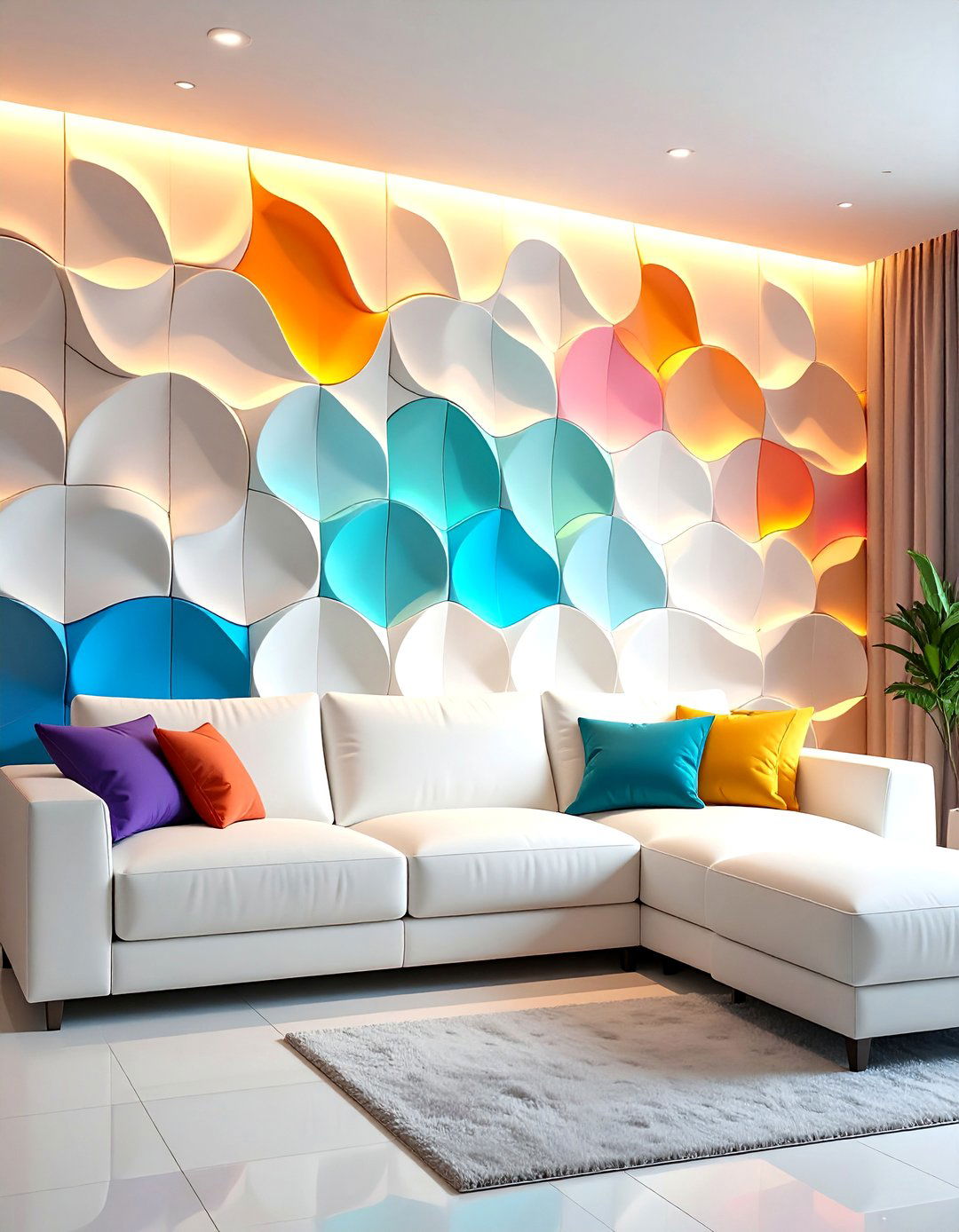
Prefinished PVC or bamboo wall flats install like giant puzzle pieces, snapping together to form ripples, waves or diamond facets. Panels arrive paint-ready, but many homeowners leave them crisp white so shadows emphasize dimension. Because they weigh little, adhesive and brad nails suffice, even over light metal studs common in basements. Designers suggest spotlighting the texture with adjustable track heads pointed at a 30-degree angle to avoid glare. In a lounge area, this sculptural basement accent wall offers gallery-level sophistication without the cost of custom millwork.
13. Gallery-Style Basement Accent Wall Celebrates Memories
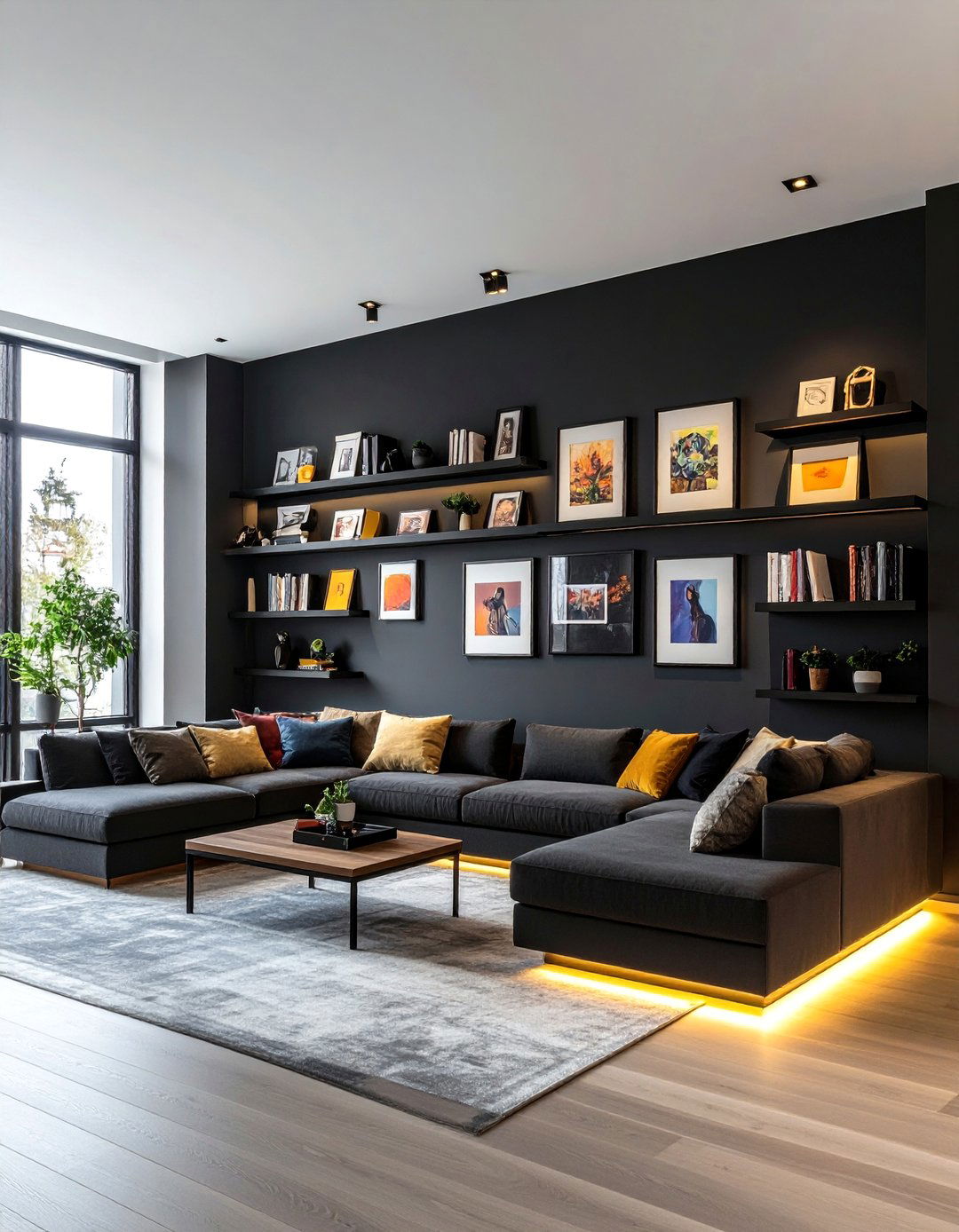
Another approach frames family photos, ticket stubs and kid art along slim picture ledges spaced 12 inches apart, letting you shuffle items without fresh nail holes. Paint the wall a deep charcoal so bright frames pop, and run a narrow LED strip beneath each shelf for museum glow. Home-decor experts note that grouping pieces by common mat color keeps the collection cohesive. The ever-changing display transforms the basement accent wall into a personal timeline—perfect for a multipurpose rec room where everyone gathers.
14. Hand-Painted Mural Basement Accent Wall Adds Bespoke Artistry
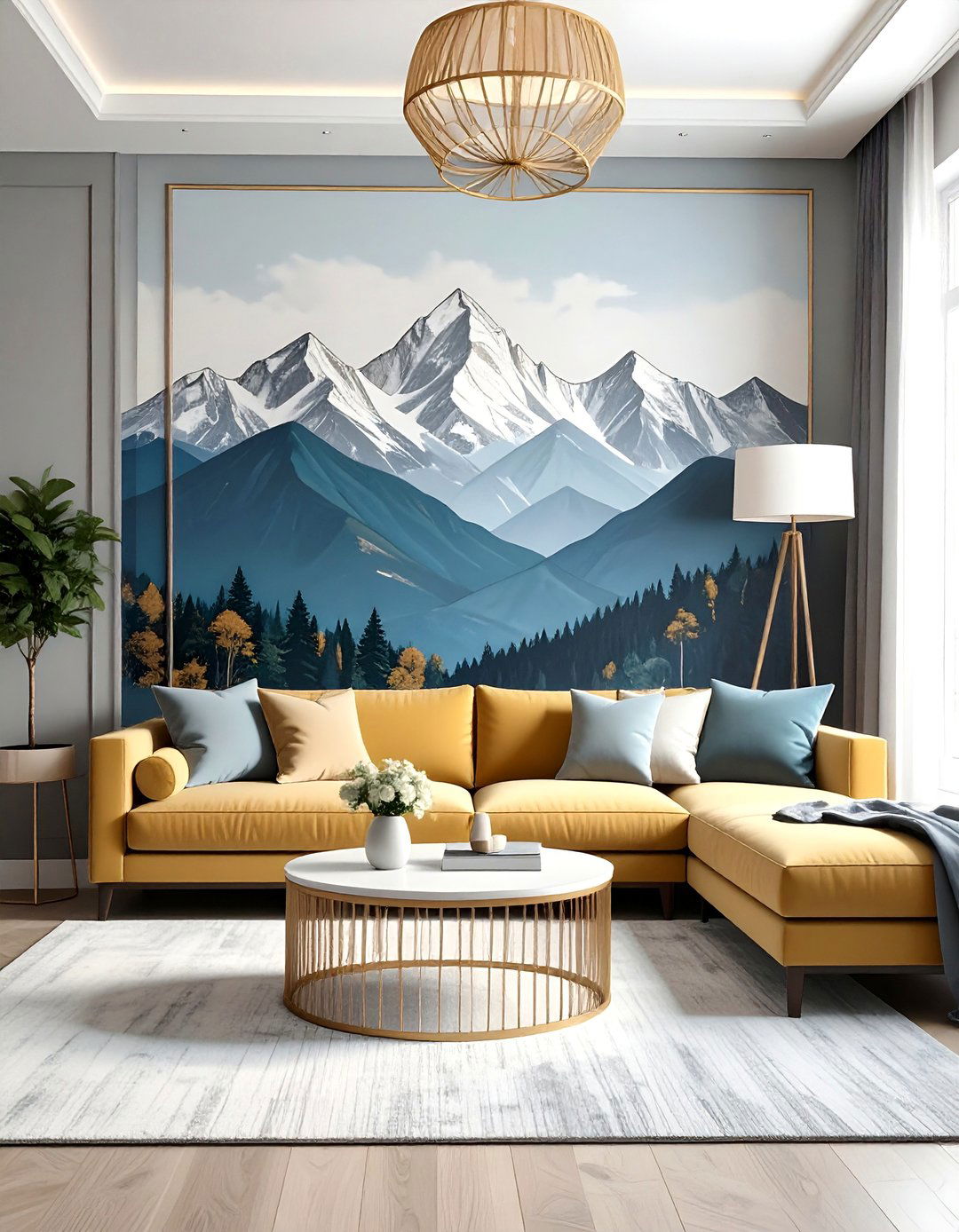
Commission a local muralist—or channel your inner artist—to depict mountain ranges, graffiti lettering or underwater scenes directly on primed drywall. Pros recommend sketching outlines in chalk first, then layering acrylics from light to dark. Seal the finished work with a non-yellowing matte varnish to resist scuffs. If hiring out, request low-VOC paints to keep basement air healthy. The one-of-a-kind basement accent wall becomes instant storytelling backdrop, distinguishing your space from any look-alike makeover on social media.
15. Brick-Veneer Basement Accent Wall Delivers Urban Loft Vibes
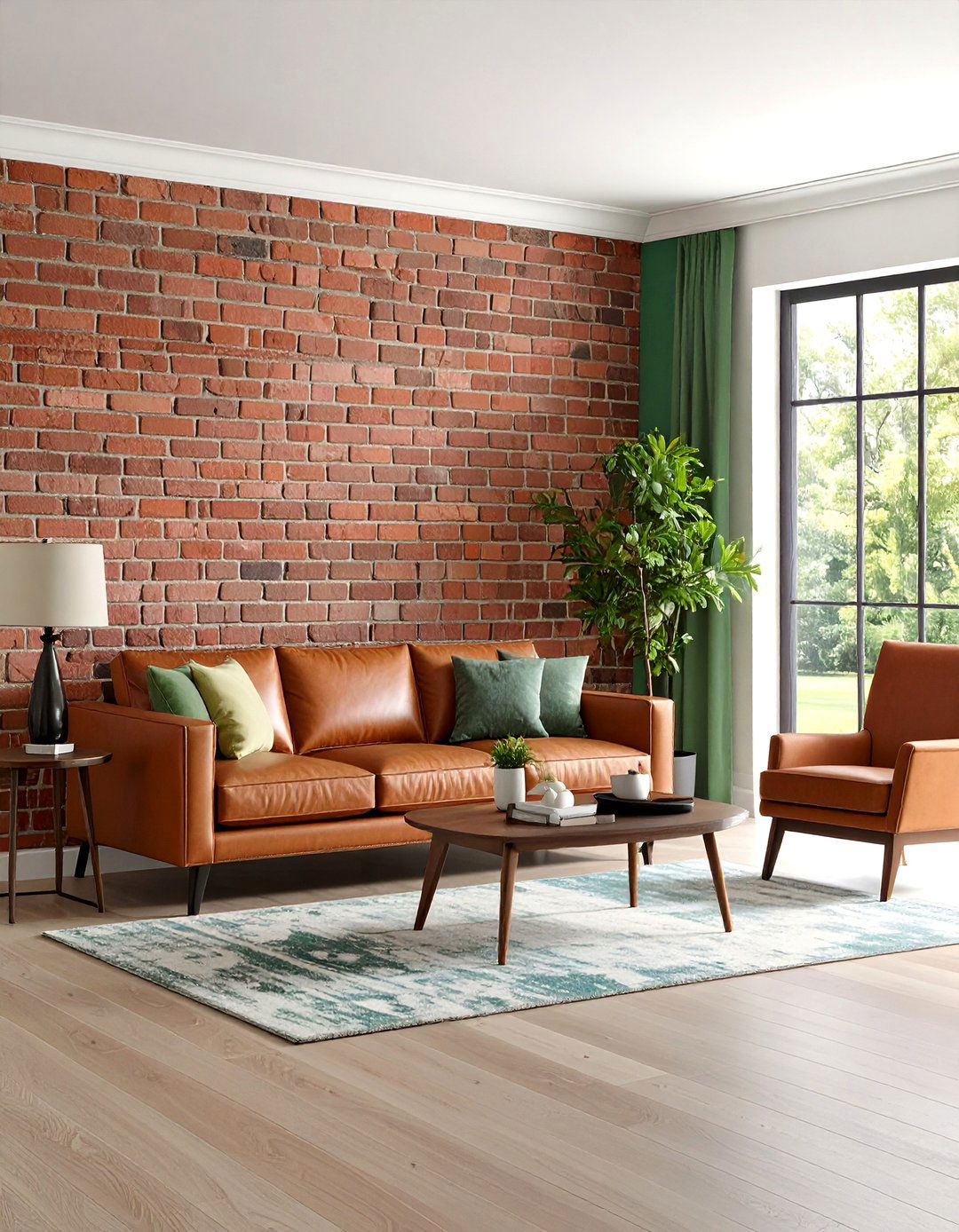
Faux-brick panels slot together with tongue-and-groove edges, then accept masonry-tone paint for authenticity. Stagger seams, wipe extra mortar into crevices and dry-brush a whisper of white on edges for an aged effect. Lightly sanding raised bricks dulls manufactured sheen. Interior remodelers advise pairing the gritty texture with polished concrete floors or leather seating for contrast. Besides style, the thin panels add R-value, helping the basement stay snug. This rugged basement accent wall sets the scene for a bar, gym or hobby shop.
16. Dark-Paint Basement Accent Wall Creates Moody Sophistication
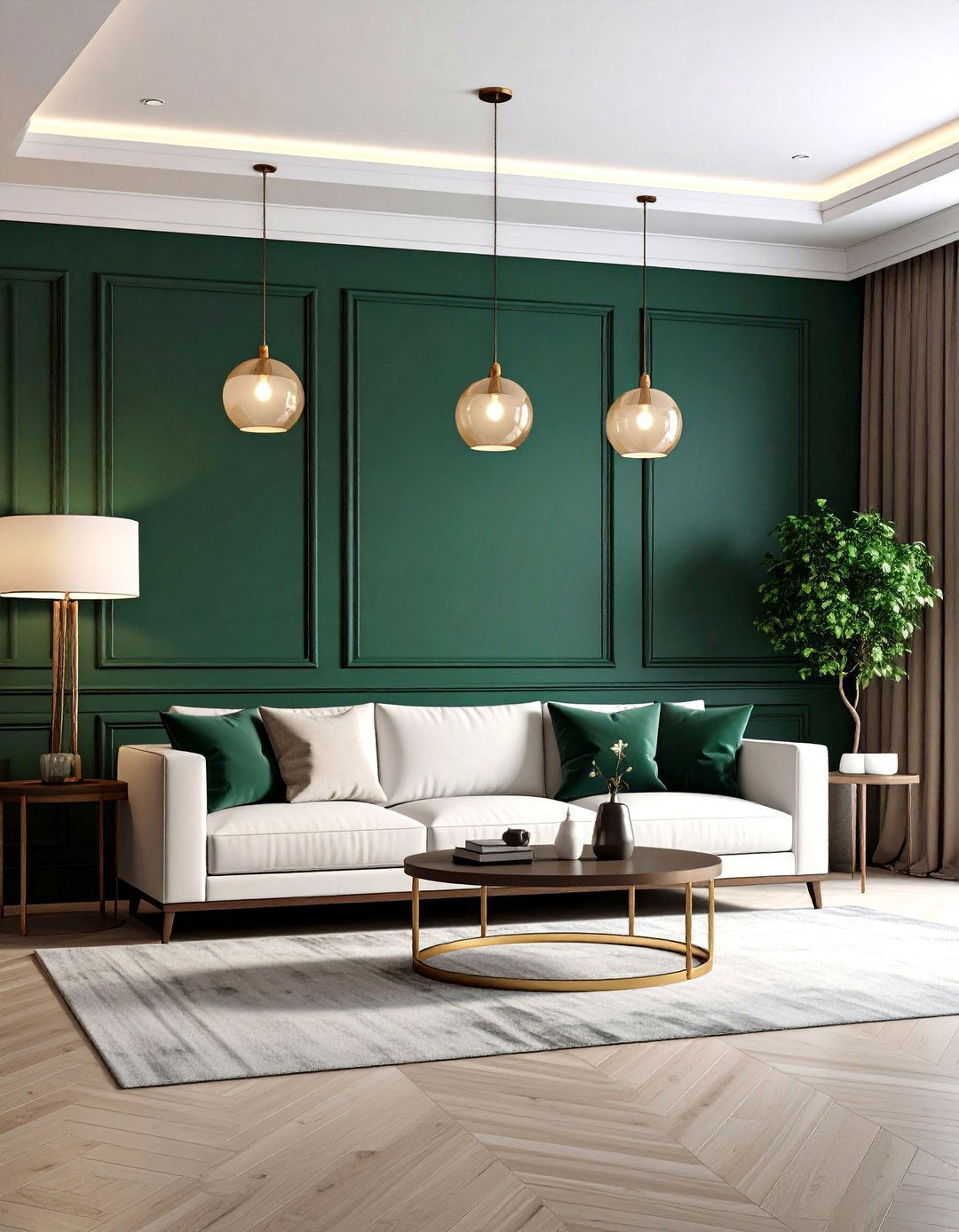
Despite common fear of dark colors below grade, a single inky wall behind the sofa can push room boundaries outward by erasing edges. Color forecasters predict a shift from overused navy to deep moss, aubergine and rust. Balance the depth with warm white trim and layered lighting—recessed cans on dimmers, frosted pendants and table lamps—so the hue reads sumptuous, not cave-like. Satin or matte finishes hide imperfections better than glossy ones on older block walls. When trimmed crisply, this dramatic basement accent wall elevates poker nights and cocktail conversations alike.
17. Wine-Display Basement Accent Wall Marries Storage and Style
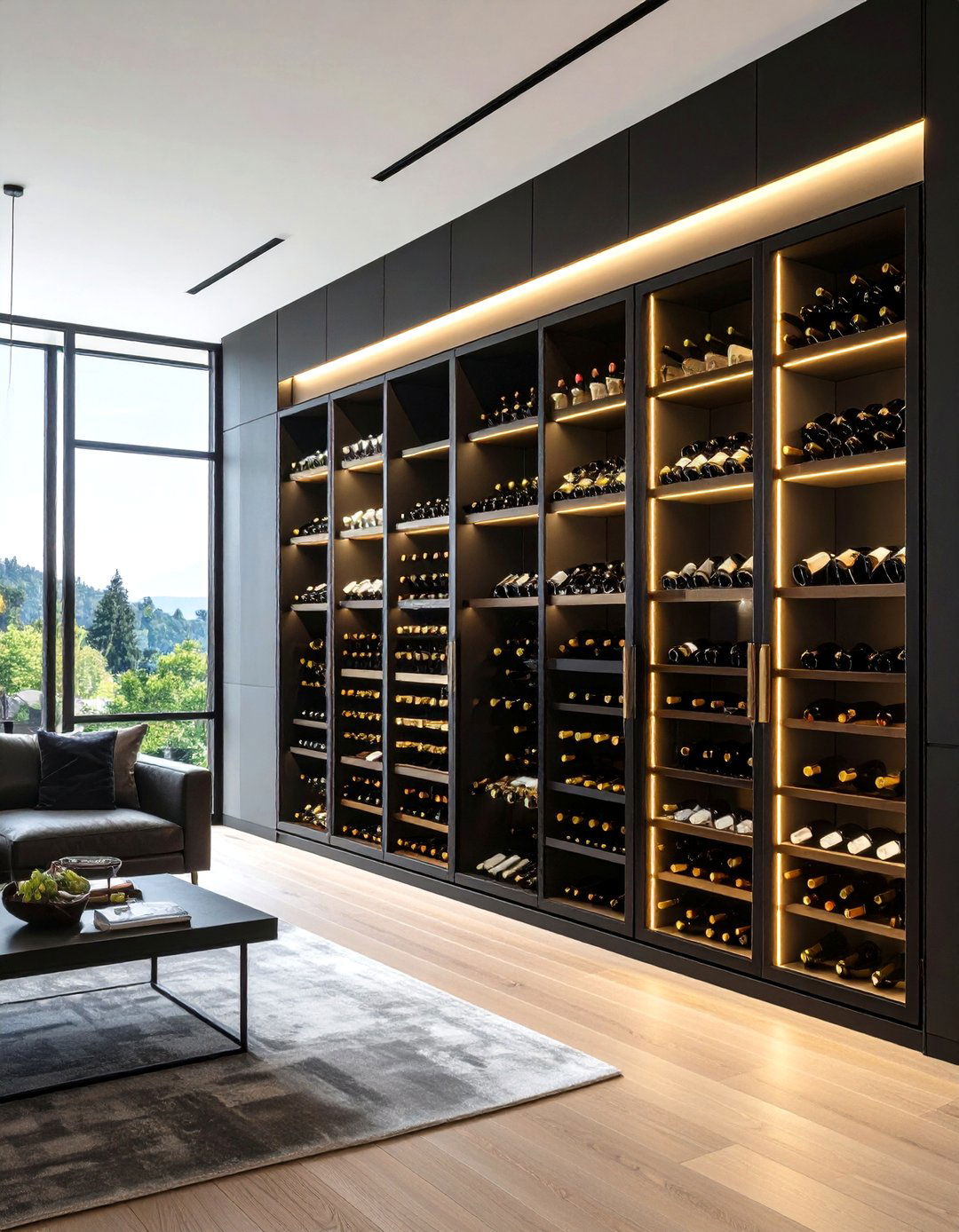
By, integrating metal bottle pegs into a backlit panel, you can house up to 90 bottles in less than six square feet. Use moisture-resistant drywall and a vapor barrier if the basement also functions as a cellar. Tempered-glass doors enclose the display while allowing views from the lounge. Designers recommend contrasting brass pegs against matte-black paint for boutique-cellar chic. The illuminated basement accent wall doubles as art and inventory list, keeping favorite vintages at arm’s reach.
18. Mixed-Material Basement Accent Wall Blends Wood, Metal and Tile
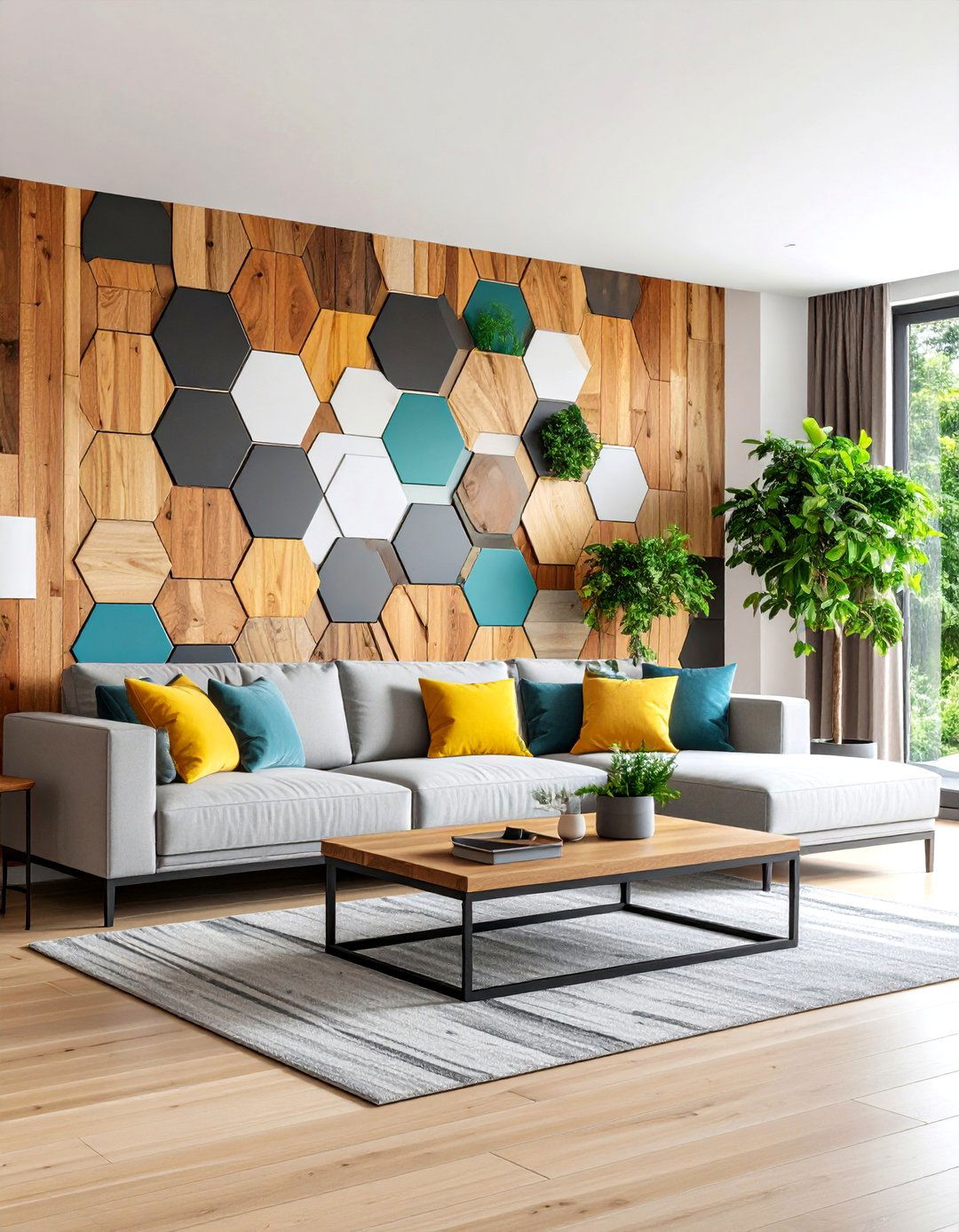
Those craving depth can layer reclaimed boards, slim black metal strips and hex porcelain tiles in staggered bands. Anchor the layout with a plywood substrate, then glue or nail materials in sequence, maintaining flush thickness. Because each element reflects light differently, the wall dances visually as you move. Finish edges with simple square aluminum trim for a tailored frame. The harmonious mix turns a utilitarian basement accent wall into a designer focal point worthy of any upstairs living room.
19. Fabric-Covered Basement Accent Wall Softens Acoustics
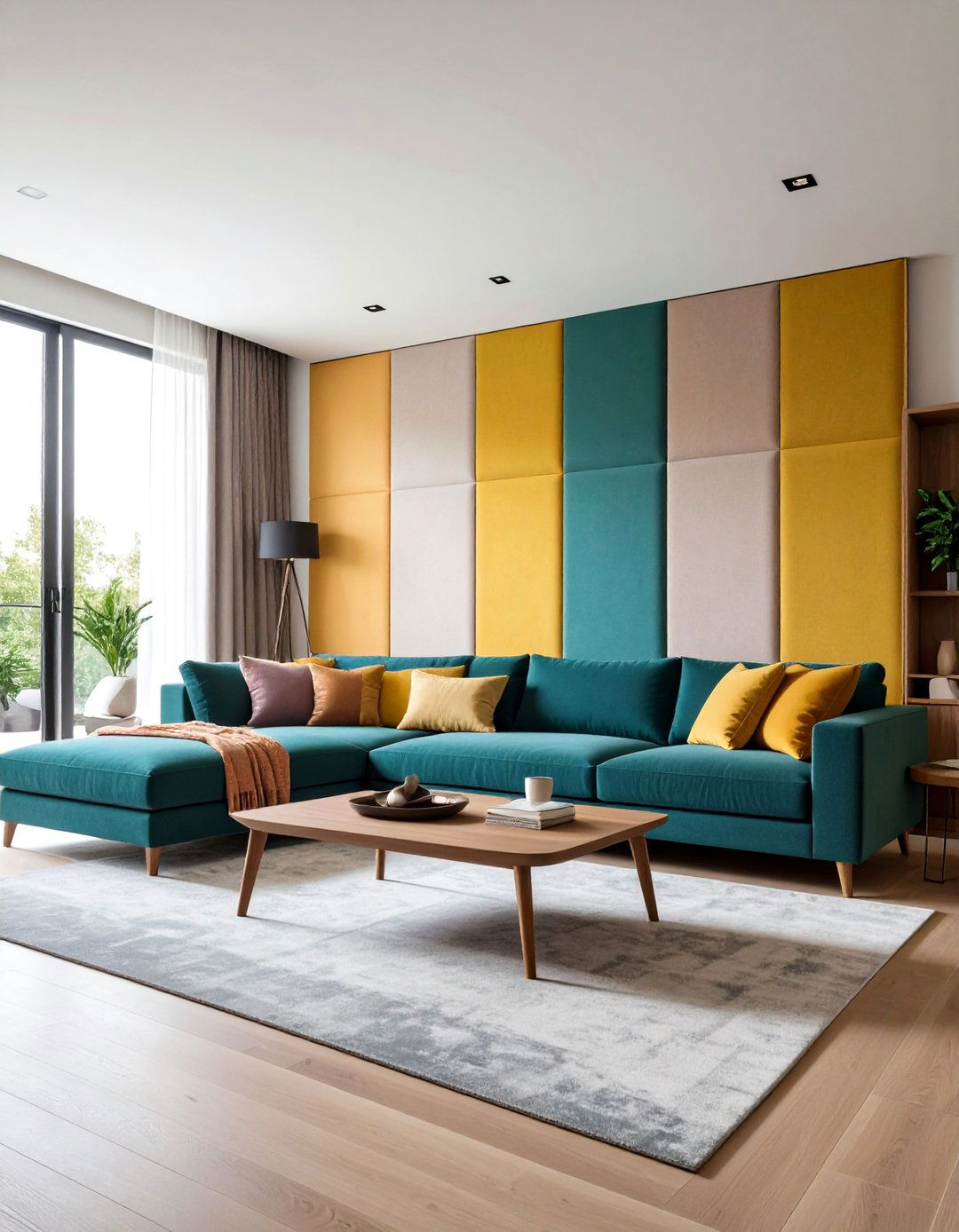
Turn builder-grade concrete into a plush statement by stretching upholstery fabric over lightweight plywood panels padded with ½-inch high-density foam. Staple fabric to the back, velcro panels to the wall and finish seams with decorative trim tape. Experts highlight that textured chenille or faux-suede hides staple dimples and absorbs sound—great for nurseries or podcast studios. Choose darker fabric where hands will touch and add a Scotch-gard spray for stain resistance. The tactile basement accent wall feels luxe, muffles echoes and can be swapped seasonally without drywall repairs.
20. Magnetic-Metal Basement Accent Wall Encourages Play and Planning
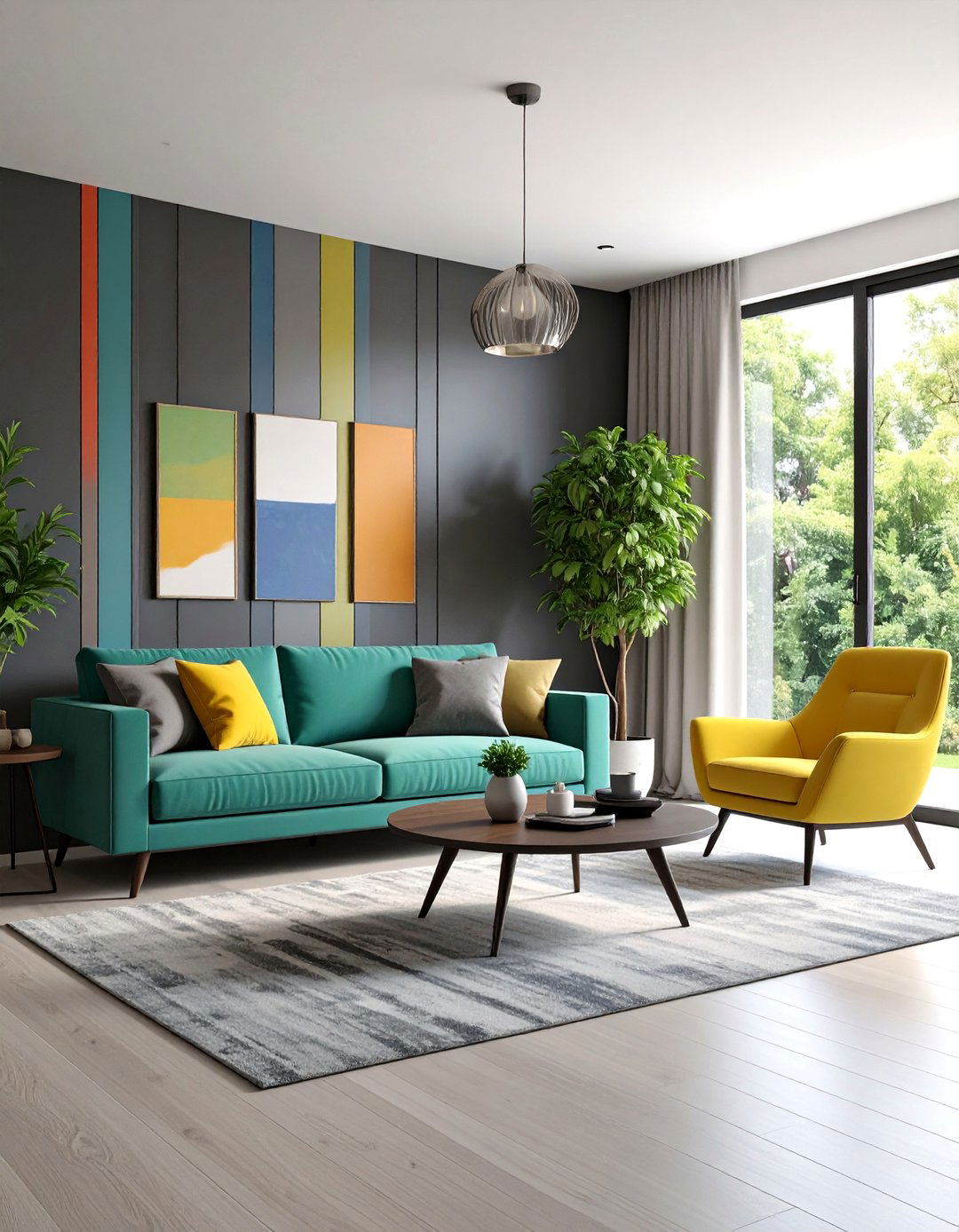
Finally, sheet-metal panels painted to match trim create a giant magnet board for art, travel souvenirs or workshop tools. Secure 26-gauge galvanized sheets to studs with wafer-head screws, then roll on latex enamel. If kids will use the area, apply a clear chalkboard coating so the surface works for both magnets and chalk drawings. DIYers report covering an 8×8-foot section for under $100 in two hours—faster than hanging cork tiles. The versatile basement accent wall flips from homework hub to craft gallery without sacrificing floor space.
Conclusion:
Elevating a downstairs room starts with one thoughtfully crafted surface. From reclaimed wood warmth to high-tech LED theatrics, each basement accent wall idea above turns blank concrete into a personal statement, solves practical challenges like acoustics or storage and sets the tone for every activity that follows. Choose the concept that matches your lifestyle, adapt the finishes to your climate, and watch the entire basement take on new energy—proof that great design truly begins with a single, compelling wall.




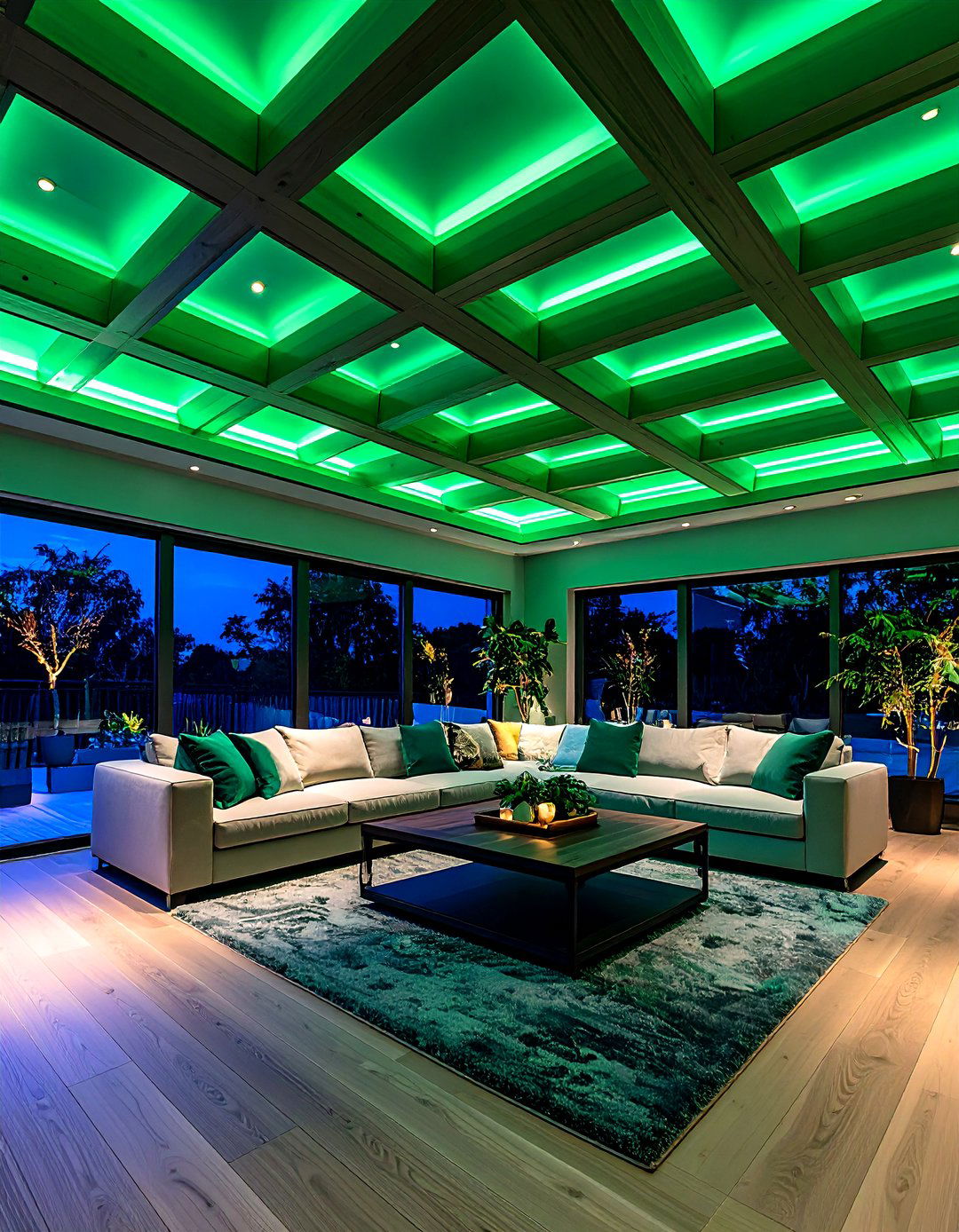


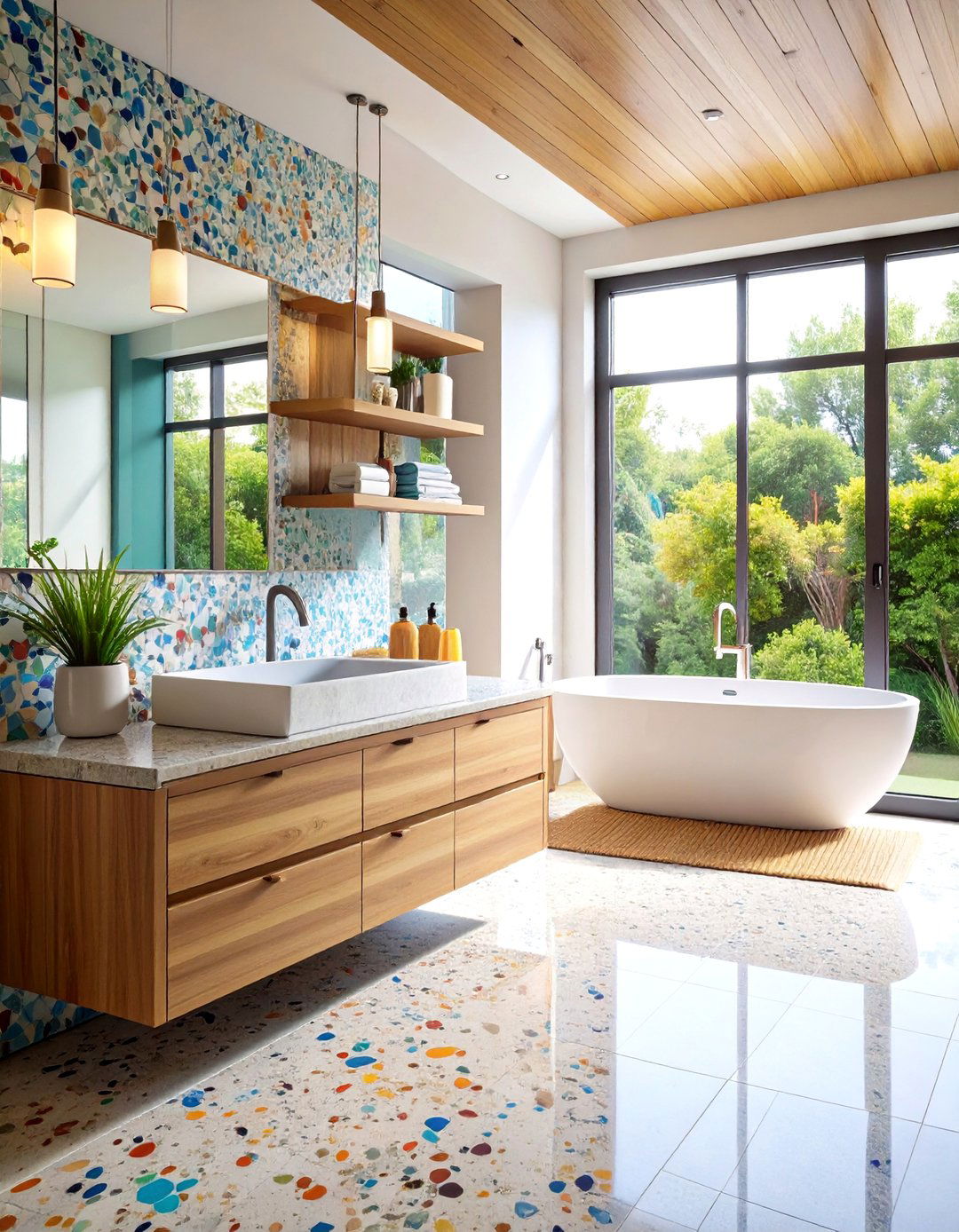
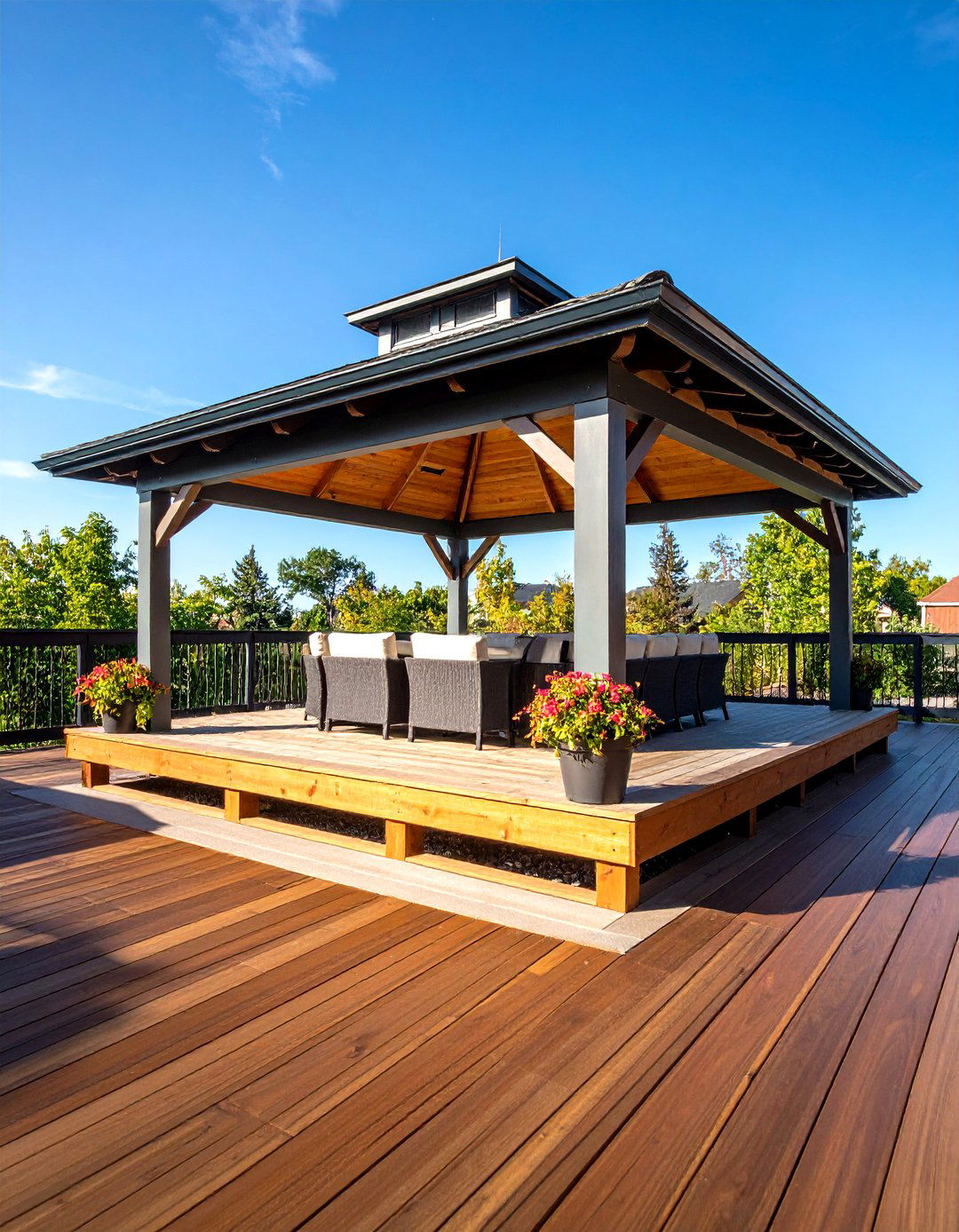
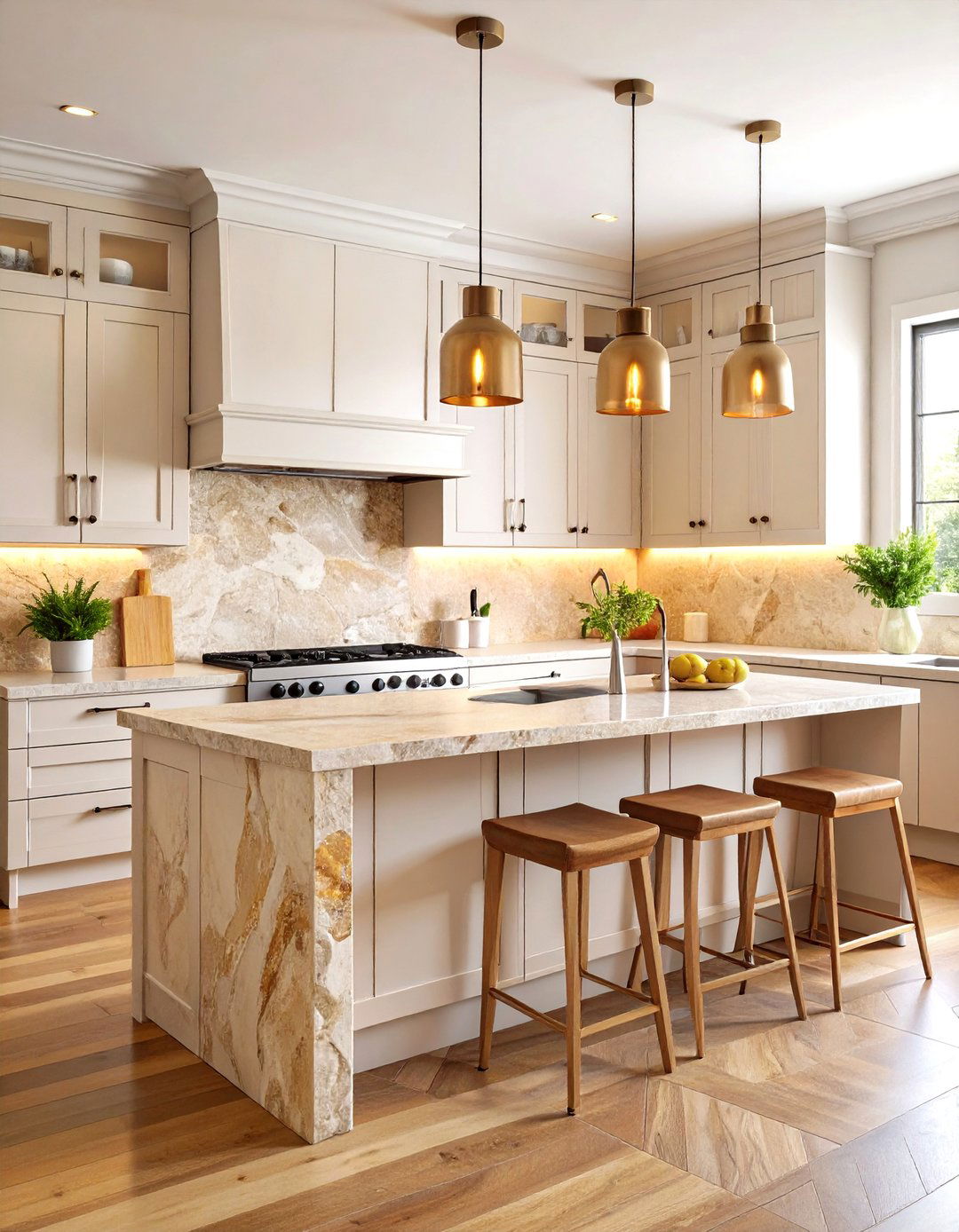
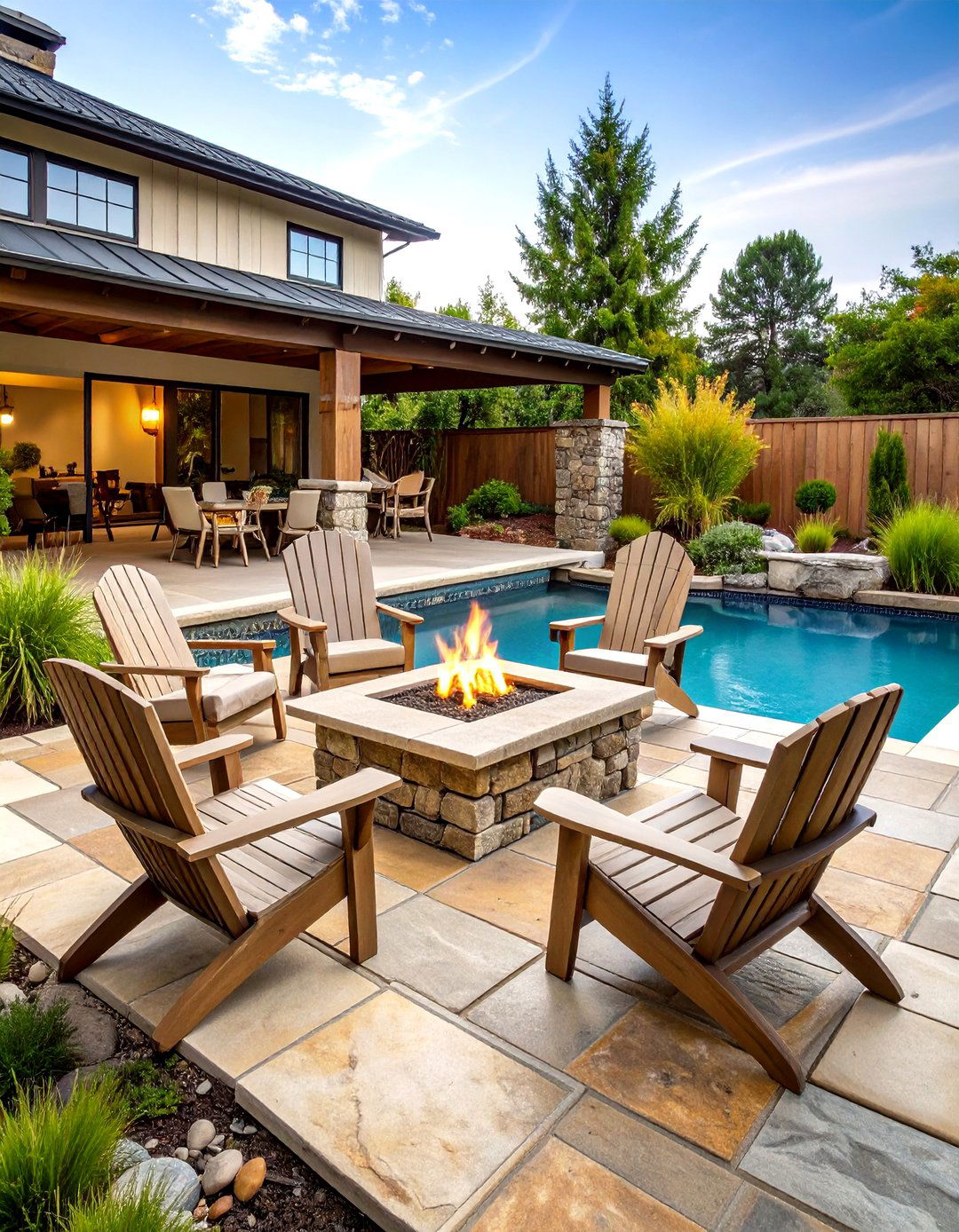
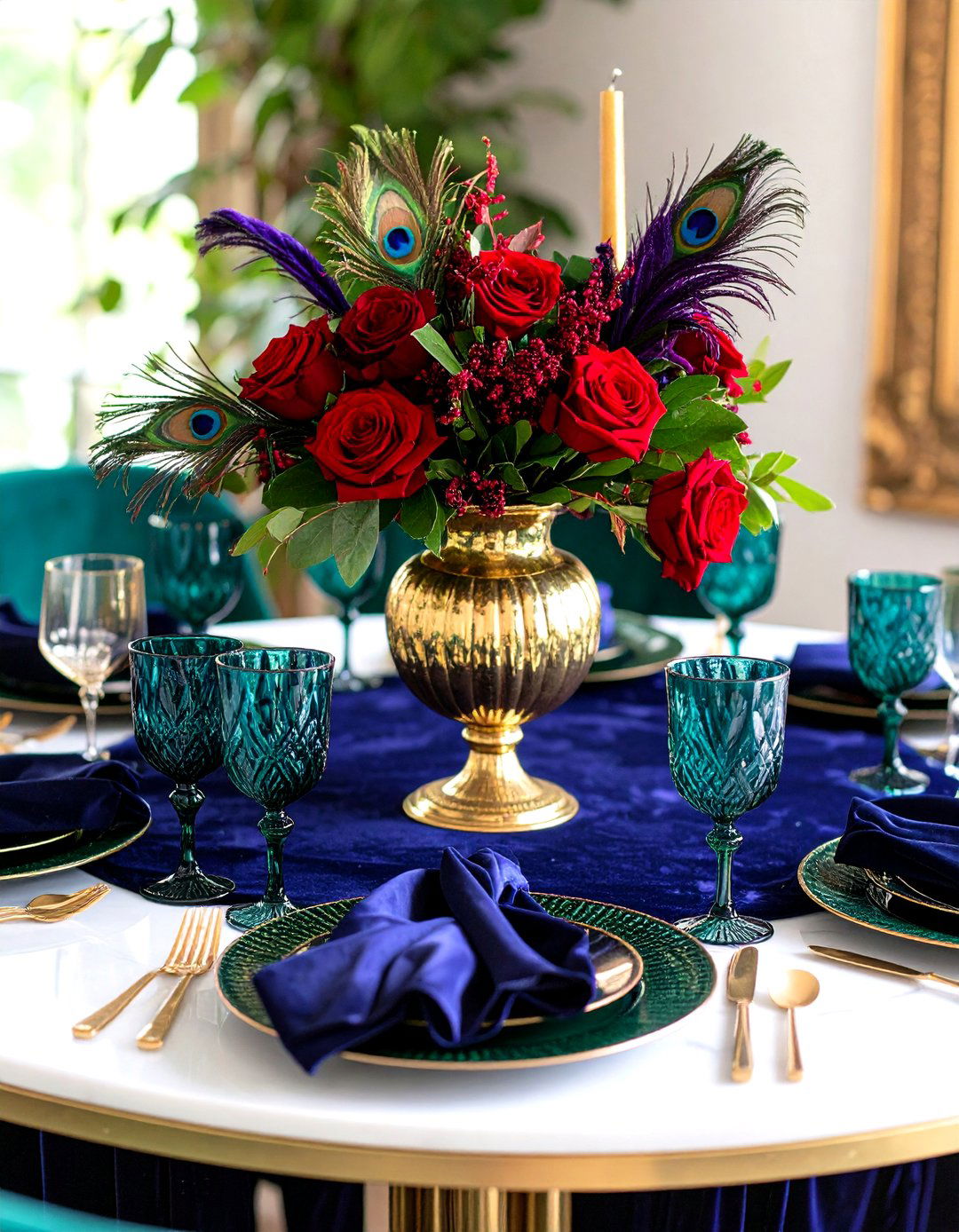
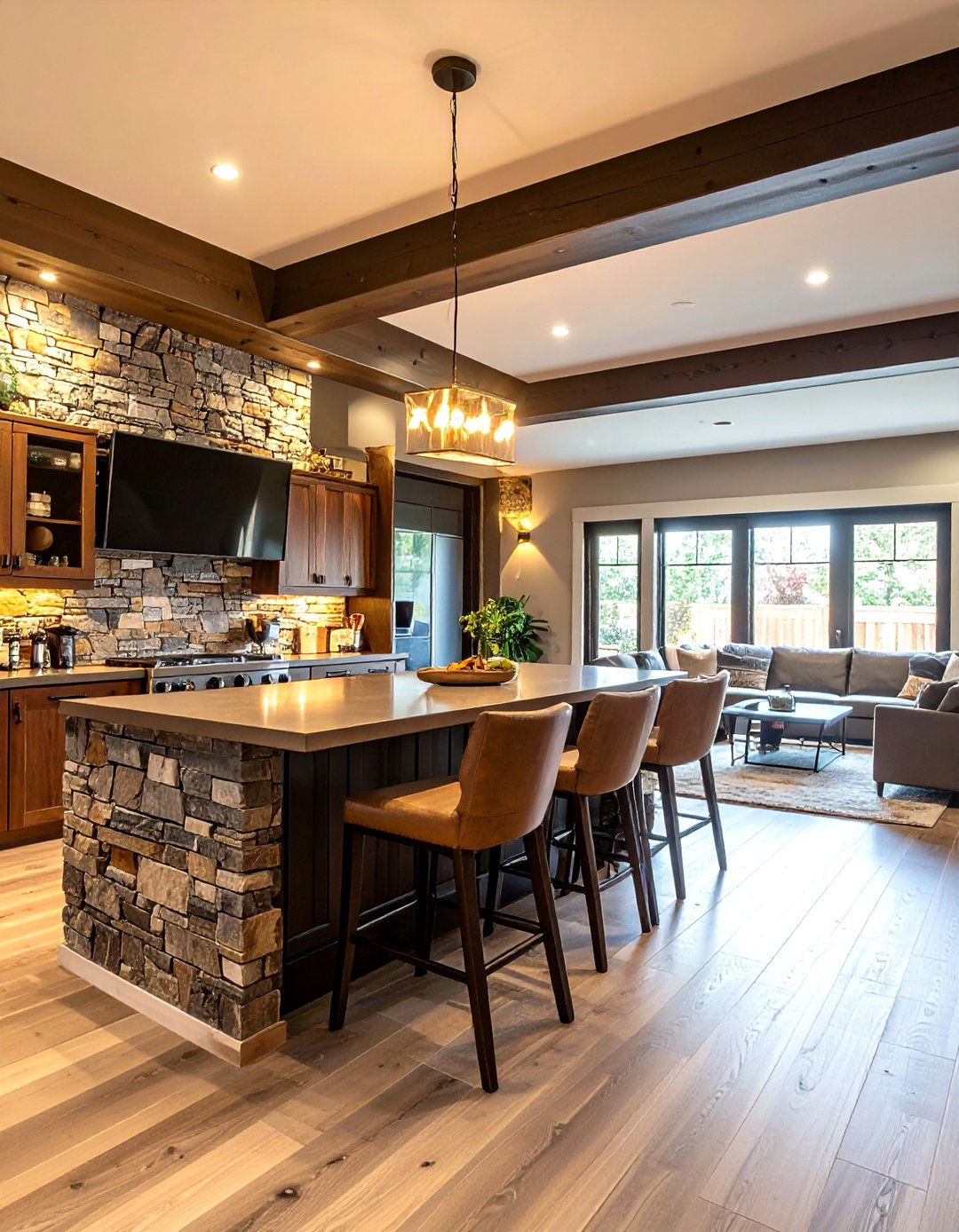
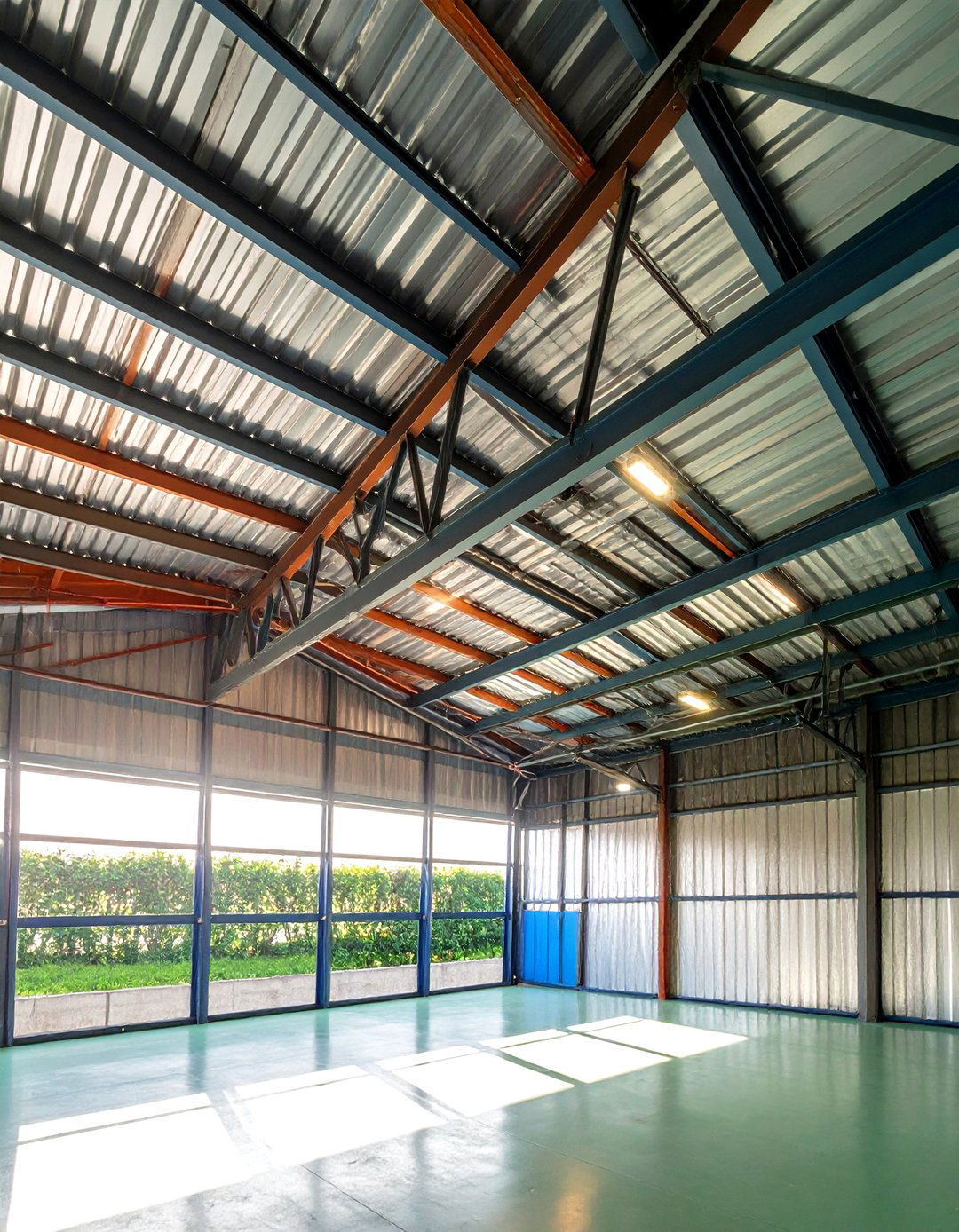
Leave a Reply